
The author of my book looks like a combination between Taylor Swift and Kirstie Alley.
Am I right or am I right?


The author of my book looks like a combination between Taylor Swift and Kirstie Alley.
Am I right or am I right?

The dog, as I got ready to go to work.
Hope your Christmas Eve morning is as cozy as Jett‘s! 🎄 Next year, I‘m asking Santa to make me a dog…

Last and… very possibly least (🙈): the haul of books I bought for my stepdad. These are a joint Christmas & retirement gift.
This past week, he worked his last day as a homicide detective. About a year ago, he read his first book since… probably middle school! It was a James Patterson, which he enjoyed but he complained about the formula. So, I got him Suspect by Robert Crais, about an LAPD officer & his K-9 partner; he told me HE CRIED!👇🏻

Books for moms!
Bite by Bite is going to both my mom & my MIL this Christmas.
My mom recently told me that she finally started Wintering, which I think I gifted her two years ago, and she can‘t put it down! Not to pat myself on the back but… okay, okay. I‘m patting myself on the back. She doesn‘t often make time for reading, so I‘m thrilled. I hope this one‘s a win, too!🤞🏻
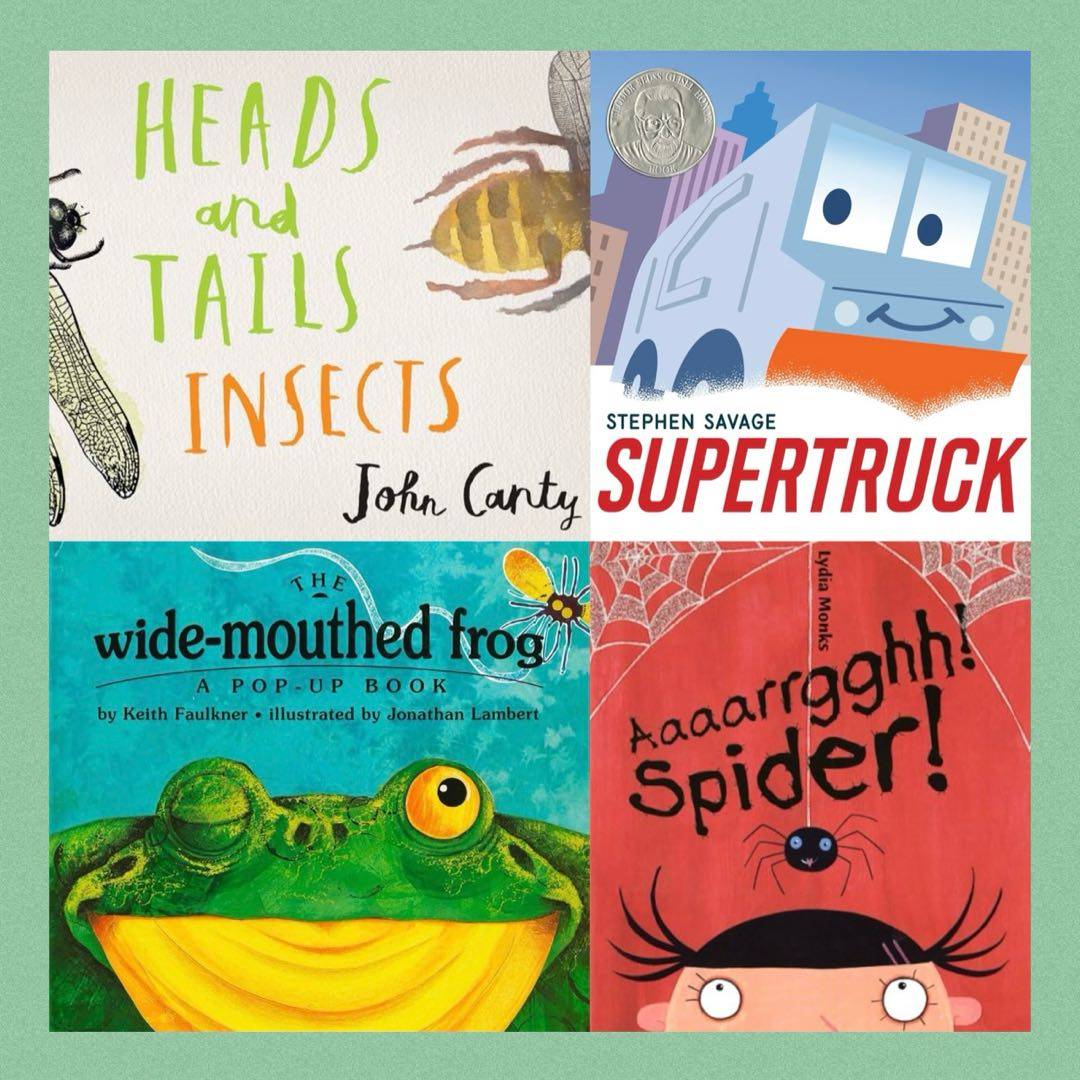
More books for tiny tots!
My nephews, 2 & 4, are getting (mostly) bug books. If I can‘t fully conquer my own fear, I can at least inoculate the next generation. 😅
Books are being paired with some Lakeshore Learning toys, including an updated version of one of those old school viewmasters! They can click between 35 different photos of insects and spiders. 🕷️🐛🦋

Which books did you buy as gifts this holiday season?
I went with a witchy theme for my 5-year-old niece. The inspiration was a Witch‘s Apothecary Potion Kit that I found on Etsy; it incorporates STEM, sensory play, and social emotional learning. It comes with rhyming spell cards (for things like kindness & courage), and a slew of special, bottled ingredients. I also got us “matching” hagstone/fairy-stone necklaces.
Wrapped & ready! ✨🎄🔮

Whether I'm drinking wine by the fire, cocktails on the porch, beer on a boat, coffee on the couch, or piña coladas at Trader Vic's, I love to consume! Tastes & flavors are one way to experience the world. Some of my favorite beverages (alcoholic & non) are listed below. @Billypar, I'd be happy to take a cup of kindness with you for #AuldLangSpine!
coffee (a splash of milk, no sugar)
seltzer (esp. Polar)
red wine
tequila
mezcal
cider
... & more!
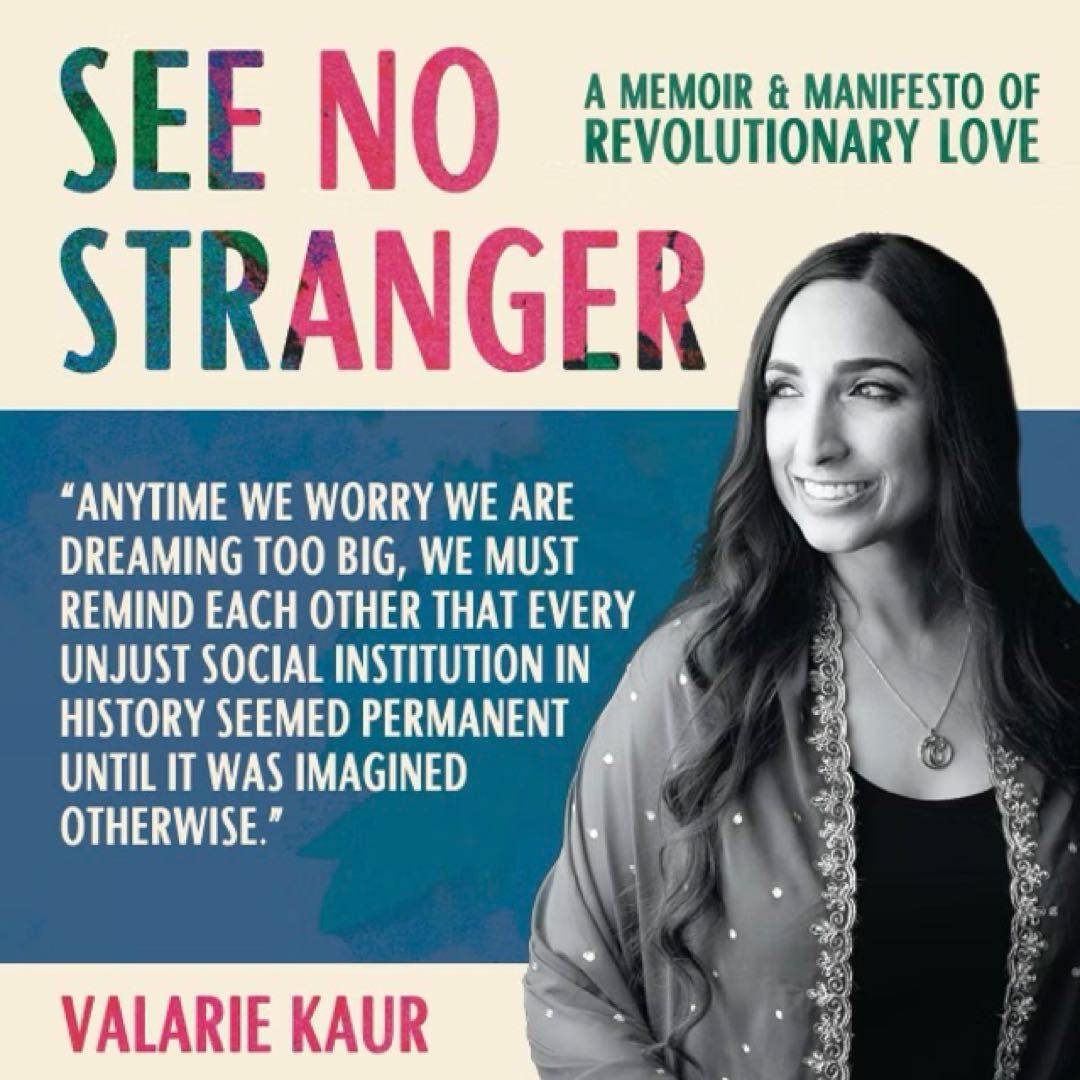
Officially pausing my reading of this, with apologies to @Christine 💓. I *loved* the little bit that I listened to… but I‘ve been taken over entirely by birthday playlist mania. It‘s *impossible* to winnow down 4 decades of music into 3 hours. But do it, I must. For now, I‘ll be painstakingly trying to decide which Beck tracks to cut (can‘t I keep them all?). Eventually, I do plan to get back to this! Quadragenarian‘s honor. ✌🏻

Sweet story about 3 very different half-sisters who shared their summers with their dad, a quixotic vagabond with a curio shop, who excelled at creating magic wherever he went — & wooing women. When he dies, the estranged adult sisters come together to fulfill his final wishes, including the reinstatement of the town‘s solstice festival. Everyone grows closer & grows up. It‘s a feel-good story, perfect for this time of year.
*Caveats below…👇🏻

No thanks, Penguin! 😂
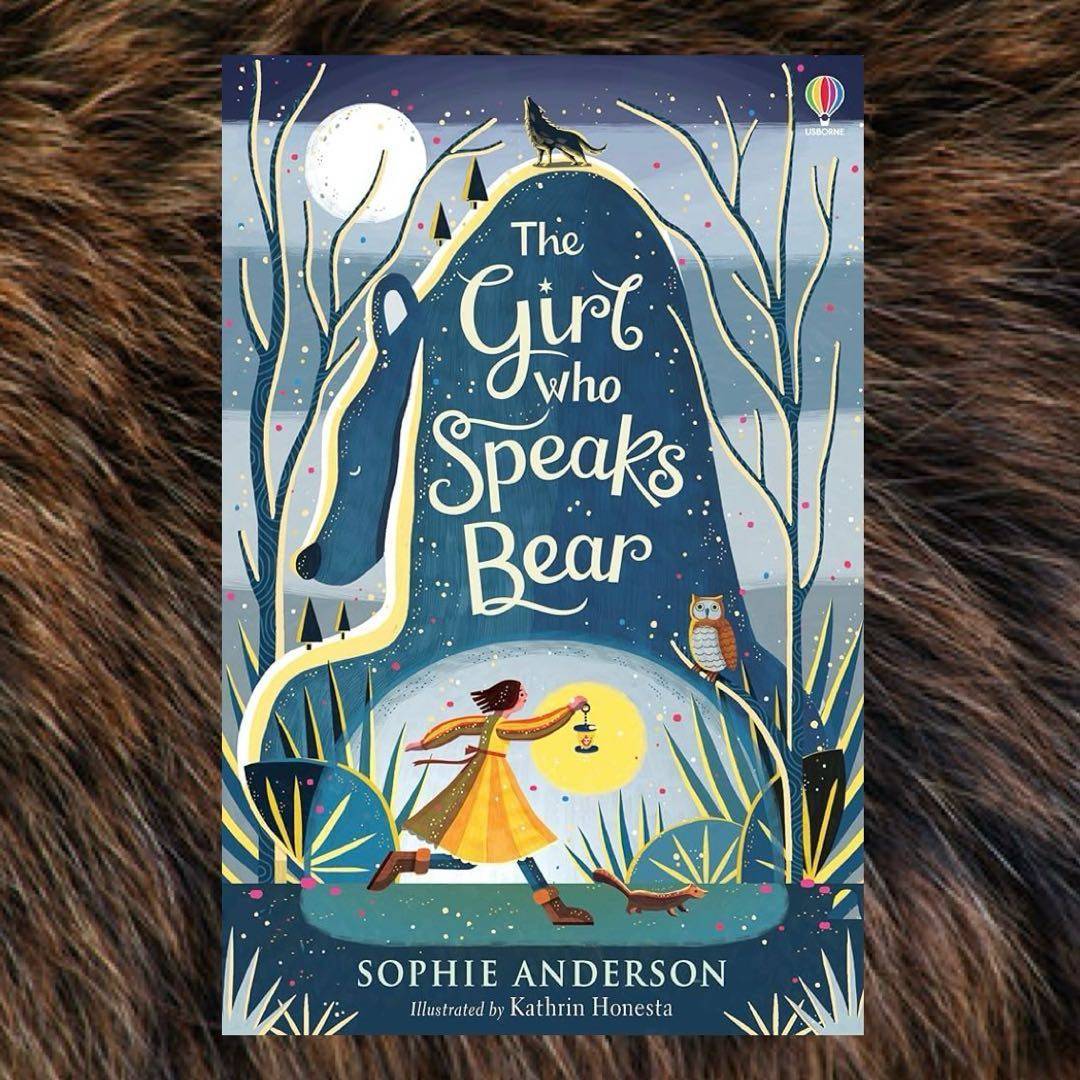
I‘m ending my time hosting our kids‘ fantasy book club at the library & this was the final selection. I‘m happy to report that my favorite attendee — who‘d previously had ZERO time for books not written by Rick Riordan — *loved* it. I dug it, too.
Inspired by Russian folklore. Prevalent themes: respect for nature, found family, strength in community, power of stories. Baba Yaga‘s house was hands-down (chicken-feet-down) my favorite character.

The “go-between“ performs a service, setting up meetings between the living and the dead. The dead must wait for someone to request them; they can agree to or deny the meeting - and they can only see one living person for the length of a full-moon night before they disappear. The living can only see one person who has passed - ever. Once their chance is used, it's gone. The go-between we meet is, unexpectedly, a teenage boy. 👇🏻

I loved Foster. And I‘ve been waiting so long to read this one, (rightly) advised that its spirit would be most effective near Christmas… but I think I had too much time to build it up. And I think I lack the essential background knowledge of the greater Christmas text tradition that it joins.
It reminds me of Thoreau‘s, “Most men lead lives of quiet desperation.” The MC refuses to regret forever his quiet inaction. He leaves his warm house. 👇🏻

“The big question…is how to hope and what to hope *for.* We are citizens of a corrupt country, of a corrupt vision. There is such a sense of death and of being buried under the weight…How to… get hold of the essential… and above all, how to recognize the essential.”
From my reading this morning. I‘m checking in. There was a shooting at Brown University last night. My husband‘s charity cover show in PVD was canceled. He made it home safely. ❤️🩹

“I was holding more hands than I had.”
Maybe this is a sign that the vignette-y, trippy nonsense of this book has crawled its way into my skull and settled there…but the above statement feels like THE way to live your life. It‘s more than a wacky sentence; it‘s a whole ethos.
Ever feel like you needed 4 more hands? Reach out and grab some.
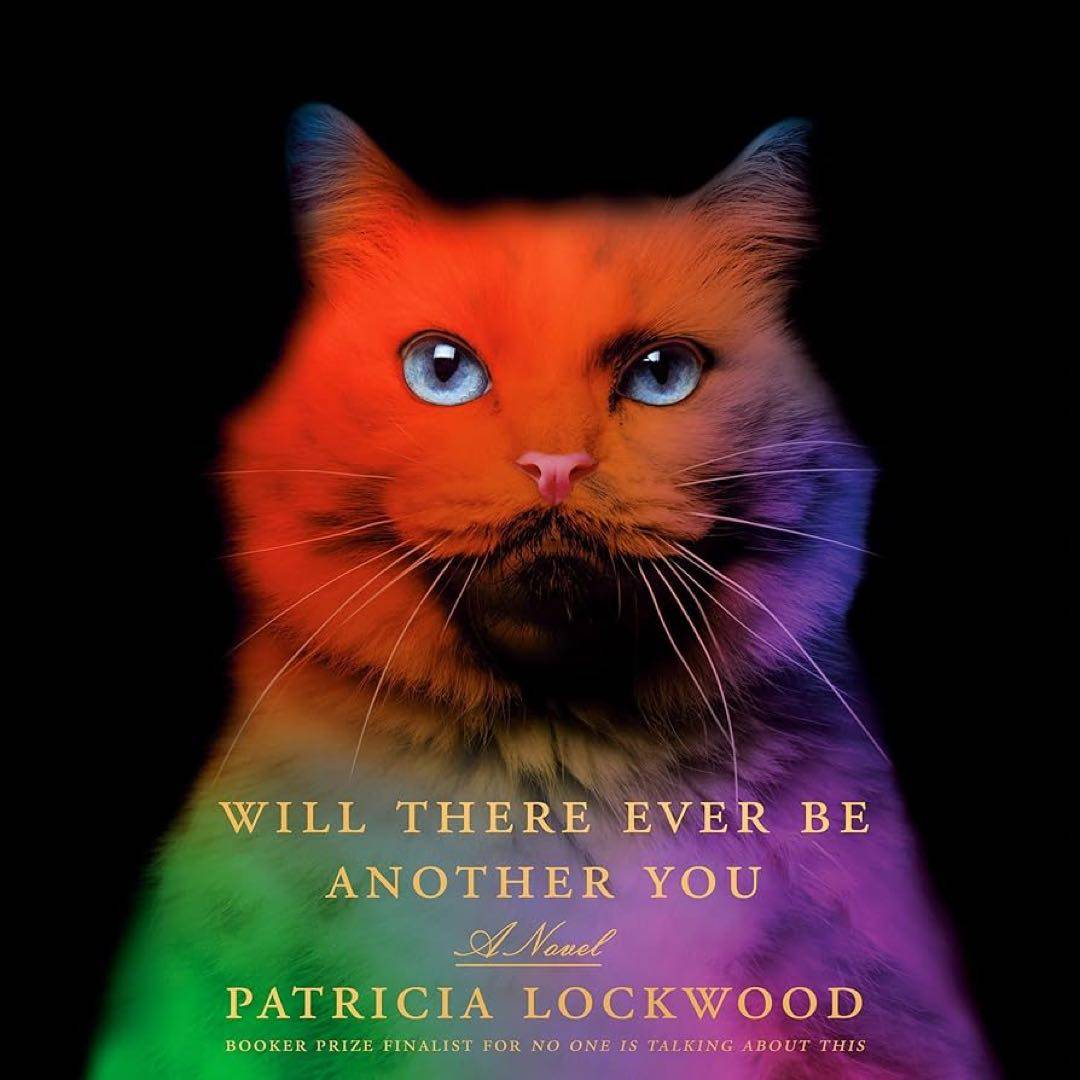
Despite loving Lockwood‘s memoir, Priestdaddy (one of my favorite books), I was wildly unprepared for this “novel.” I had no idea what it was! And you should absolutely know before committing yourself. Or you might end up committing yourself. 🫠
It‘s pure, stream-of-consciousness auto”fiction,” written from within the author‘s fevered brain as she suffers from Long Covid. Sometimes, she‘s also on mushrooms. It‘s as disorienting as it sounds!👇🏻
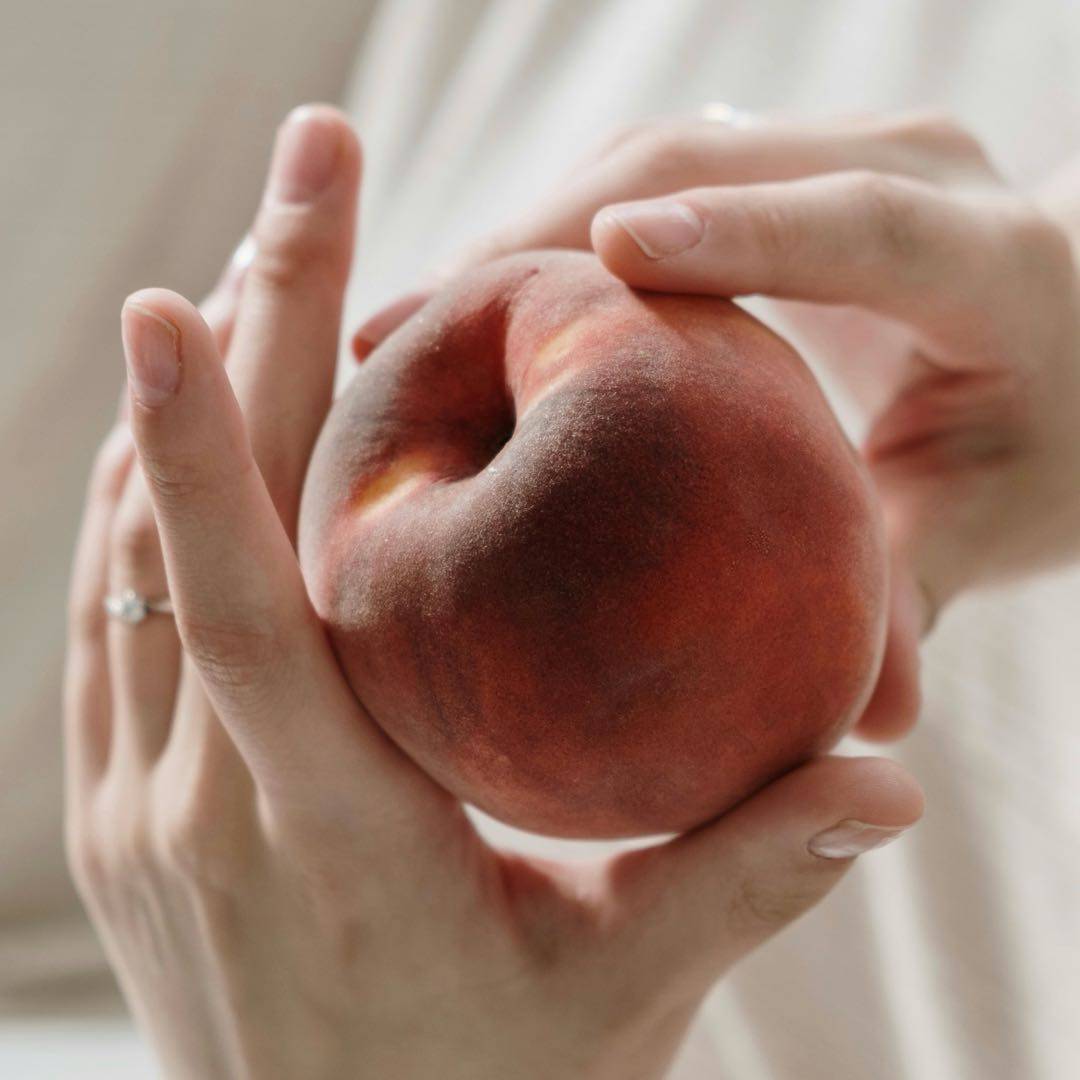
“…[She] pulls [his] hands away from his face so that the shame can run out of him and rejoin the natural blushes of the world: sunrise, sunset, fruit, flowers. No shame, no shame, I said to myself, pink peaches.”

Finally got our tree up today! The dog is clearly bothered by the change in his environment. He‘s so high-strung.
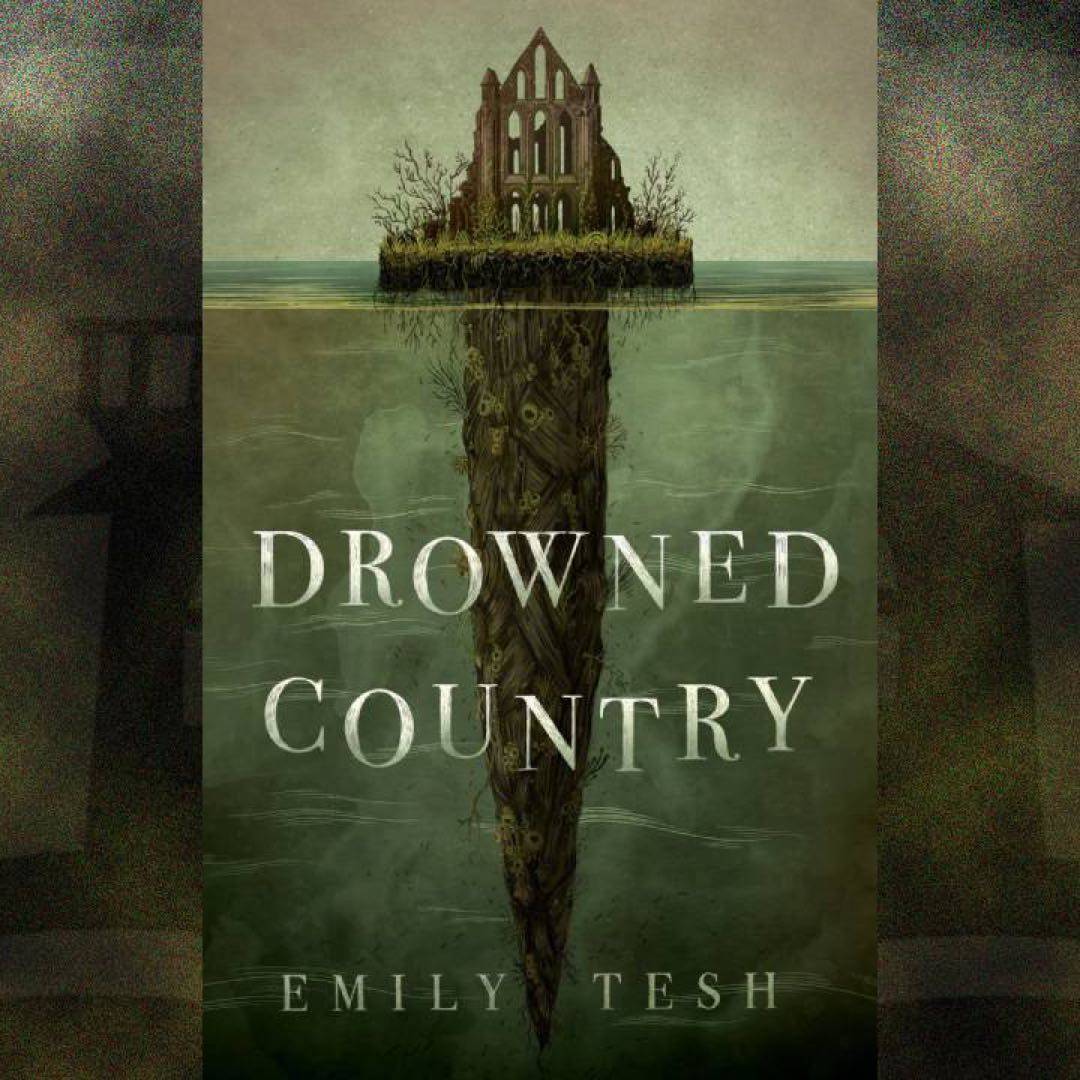
Apparently, I have a thing for second books in fantasy novella series that (purportedly…barely) feature vampires. I was quickly reminded of the second book in Seanan McGuire‘s Wayward Children series, Down Among the Sticks & Bones. I liked that one better than the series opener, Every Heart a Doorway, & I liked this one better than the first in this duology, Silver in the Wood. I think this may be an unpopular opinion but it‘s one I stand by! 👇🏻

I don‘t know how many of you saw the moon earlier, but WOW! It had me texting my friends, “Beauty emergency!” a la Maggie Smith. One of them responded, “The moon was beautiful last night, too.” I don‘t know if she meant it to be an enthusiastic confirmation of my awe or flippant disinterest — but it reminded me of this quote by Anthony Doerr, which I love.
Anyway, the moon. 🌖 Hope some of you caught it!
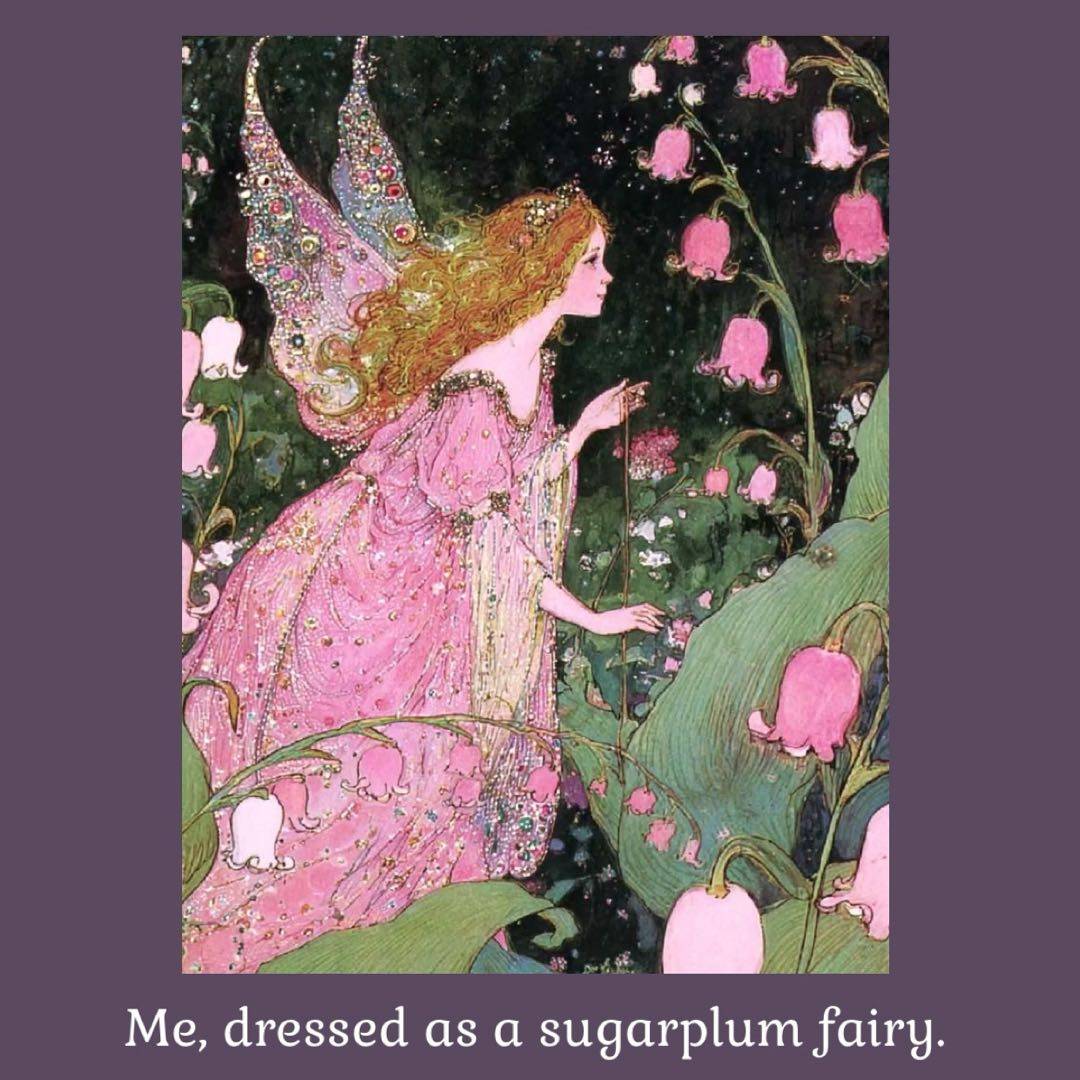
What. A. Long. Day.
The library took part in our town‘s Holiday Festival today. I led two “Ring-a-Ling Read-Aloud” storytimes (with a jingle bell jam sesh at each) and then stayed after the library closed (upon request) to do an interactive read-aloud of The Night Before Christmas (which I 100% kept calling The Nightmare Before Christmas 💀), prior to other staff reading A Christmas Carol. There were scavenger hunts & spiced cider. I‘m knackered!
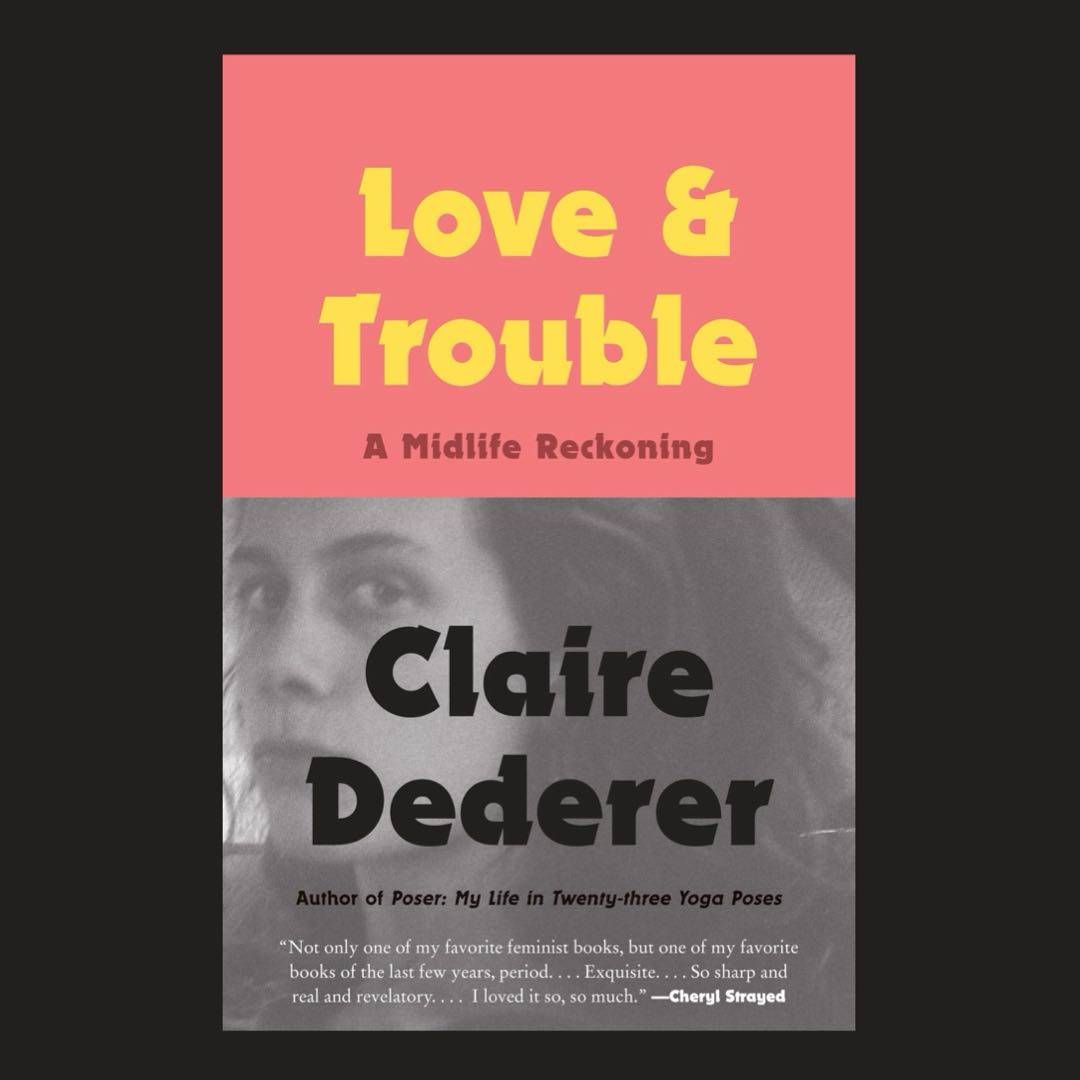
I love Claire Dederer. She‘s cool but open, and therefore vulnerable: eminently likable and unlikable at the same time, needing to be seen and validated. Even when she‘s not like you (see: her entire edgy adolescence), that need and that combination of liking her and not liking her at the same time is so familiar; it‘s very much how you feel about yourself — or how *I* feel about *myself,* anyway — which makes her likable all over again. 👇🏻
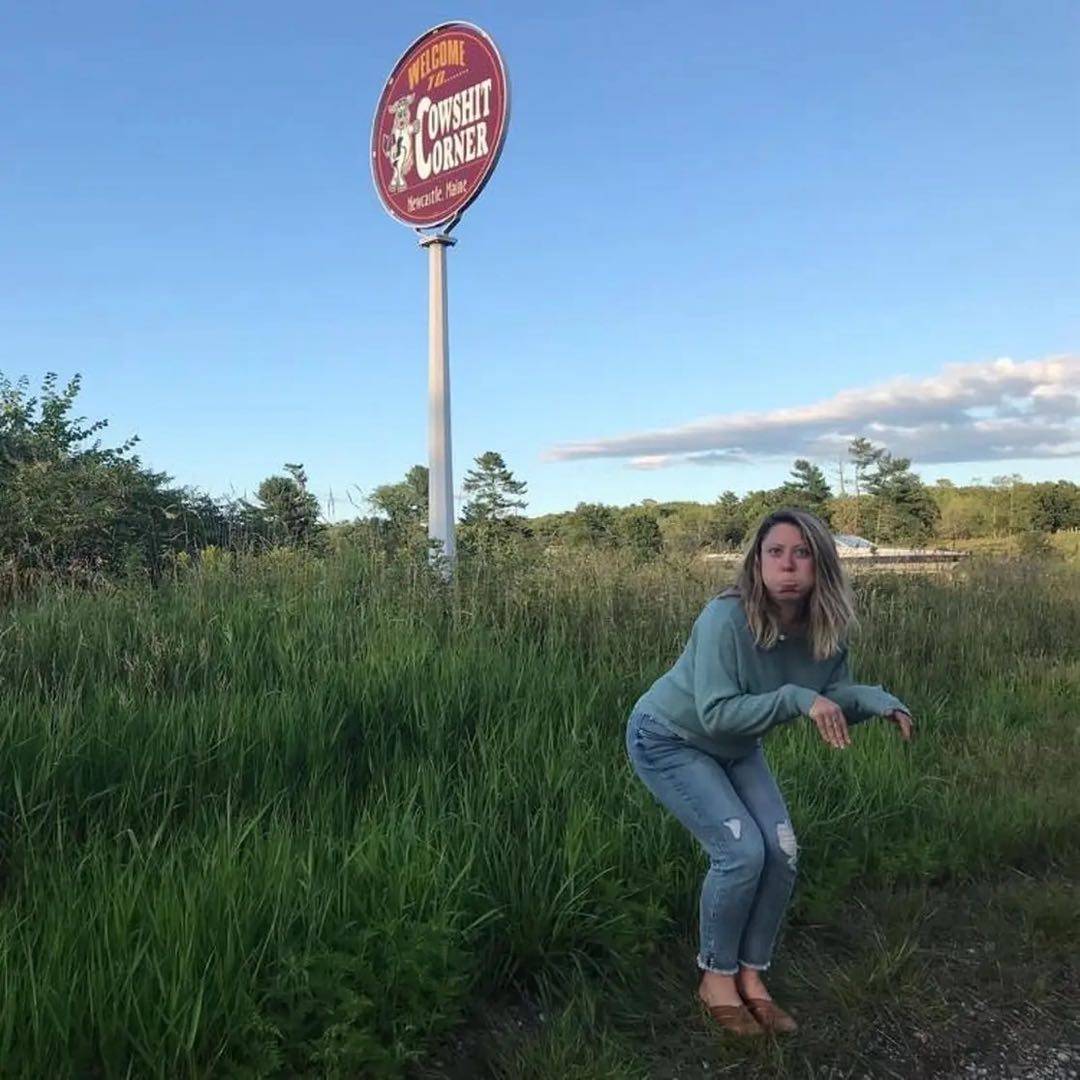
#AuldLangSpine
About Me
1. I‘m Alyisha. My name is a mash-up of my grandmother‘s name, Alice, & my mom‘s name, Patricia. There‘s no accounting for the strange spelling.
2. I live in Rhode Island, the Ocean State. Aside from the whole winter thing (brrr), it‘s perfect for me because I love the sea. I can jump on my bike & be at the beach in about 20 minutes.
3. I work as a Children‘s Librarian in an historical library with actual gargoyles.👇🏻
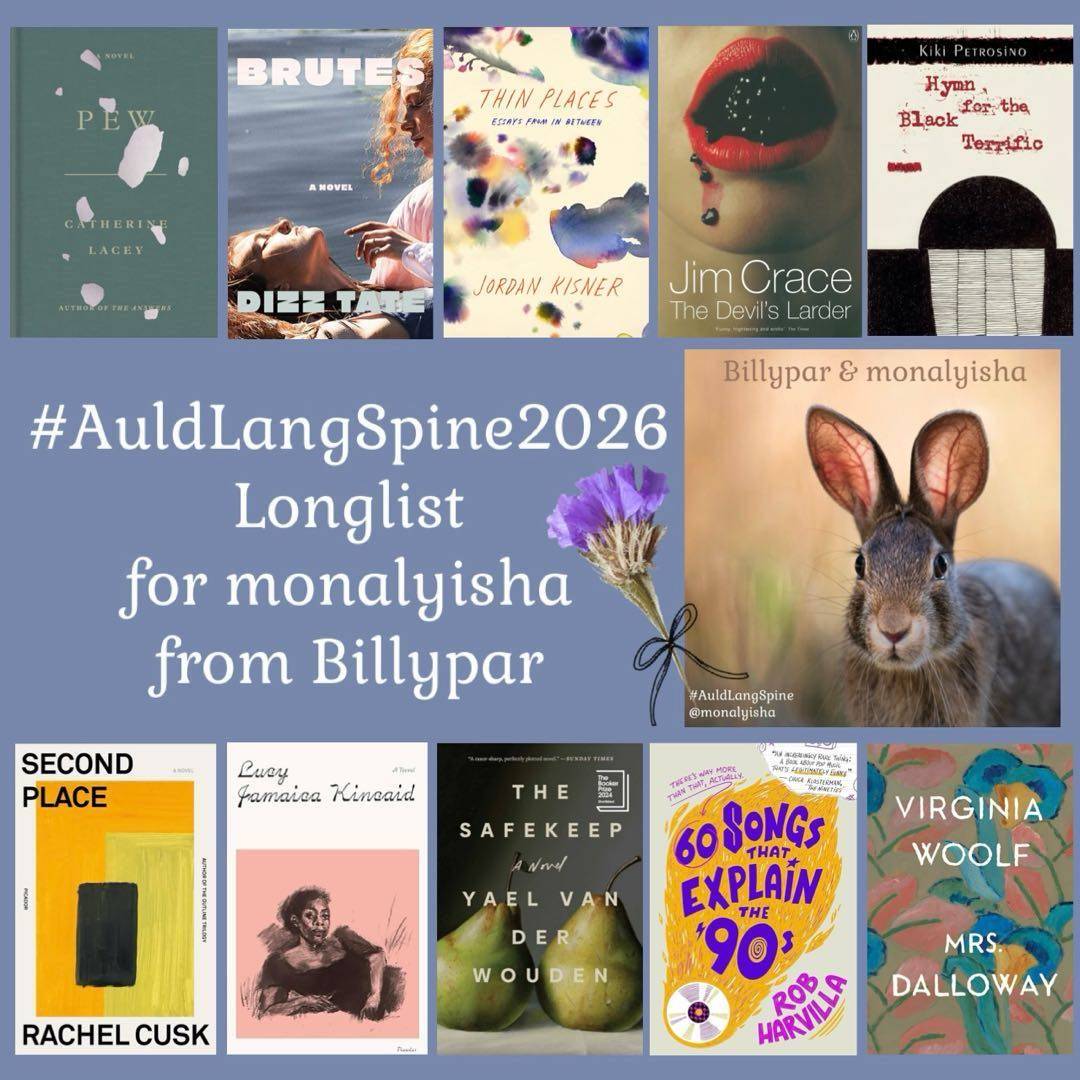
My eyes are always bigger than my free time for #AuldLangSpine. There‘s *no way* I‘ll get to all of these…but hey, girl can dream.
Mrs. Dalloway would be a reread. 60 Songs will be my audiobook. @Billypar did you listen to his podcast? I‘m wondering how much of the content is repeated. My favorite episode was probably the one about Mazzy Star & slowcore. So dreamy!
My plan is to put all of these on hold and then mood read at will. ✨ Perfection.
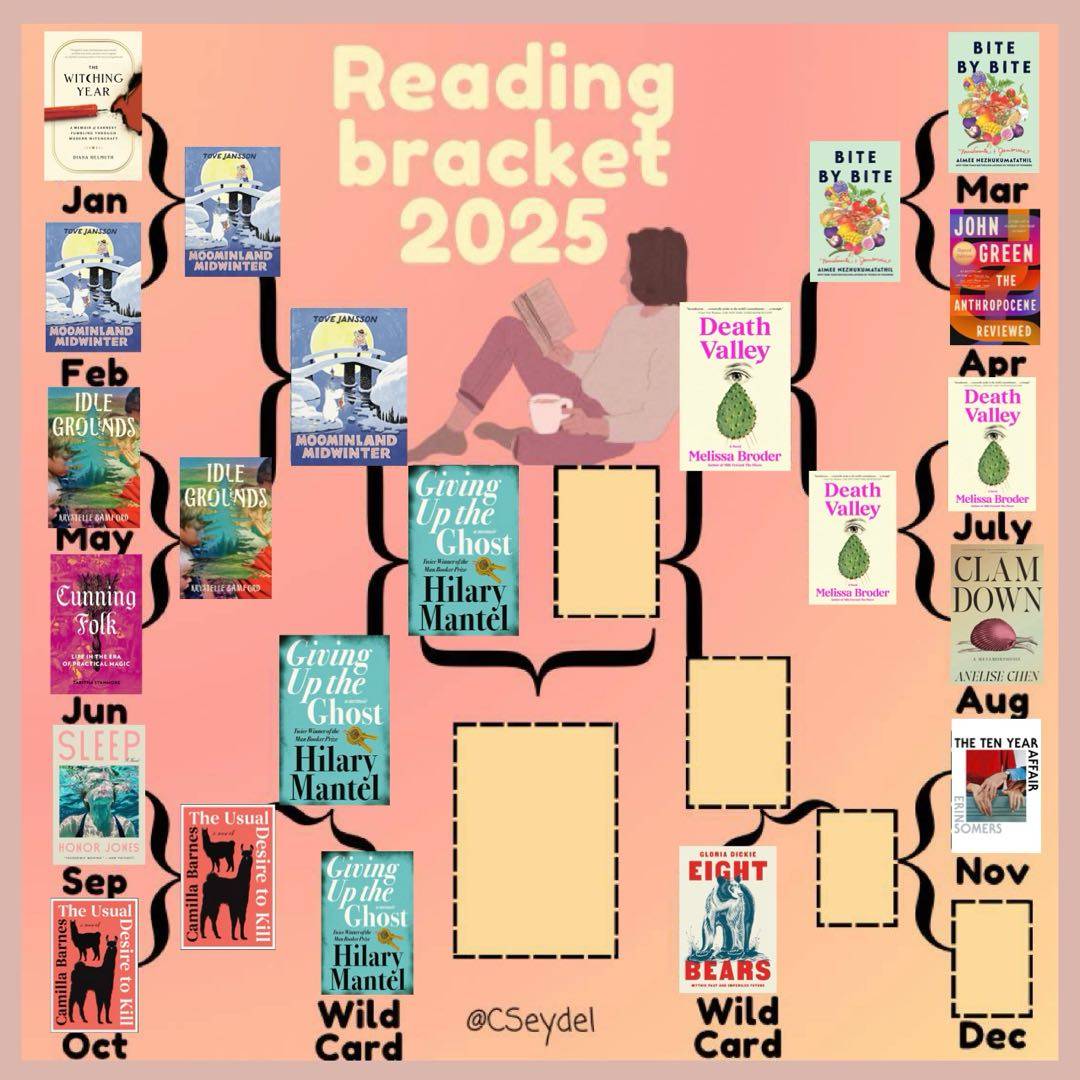
I just tagged my previous post as #ReadingBracket2025, even though it contained nary a hint of a reading bracket. Ummm… more coffee required?
Anyway, back on track here! The Ten Year Affair snagged the November spot. Unless something comes crashing into my life in December with unbridled love (which Journal of a Solitude may do!), it‘s likely to be a Fiction vs. Nonfiction showdown at the end of the year (Giving Up the Ghost v. Death Valley).
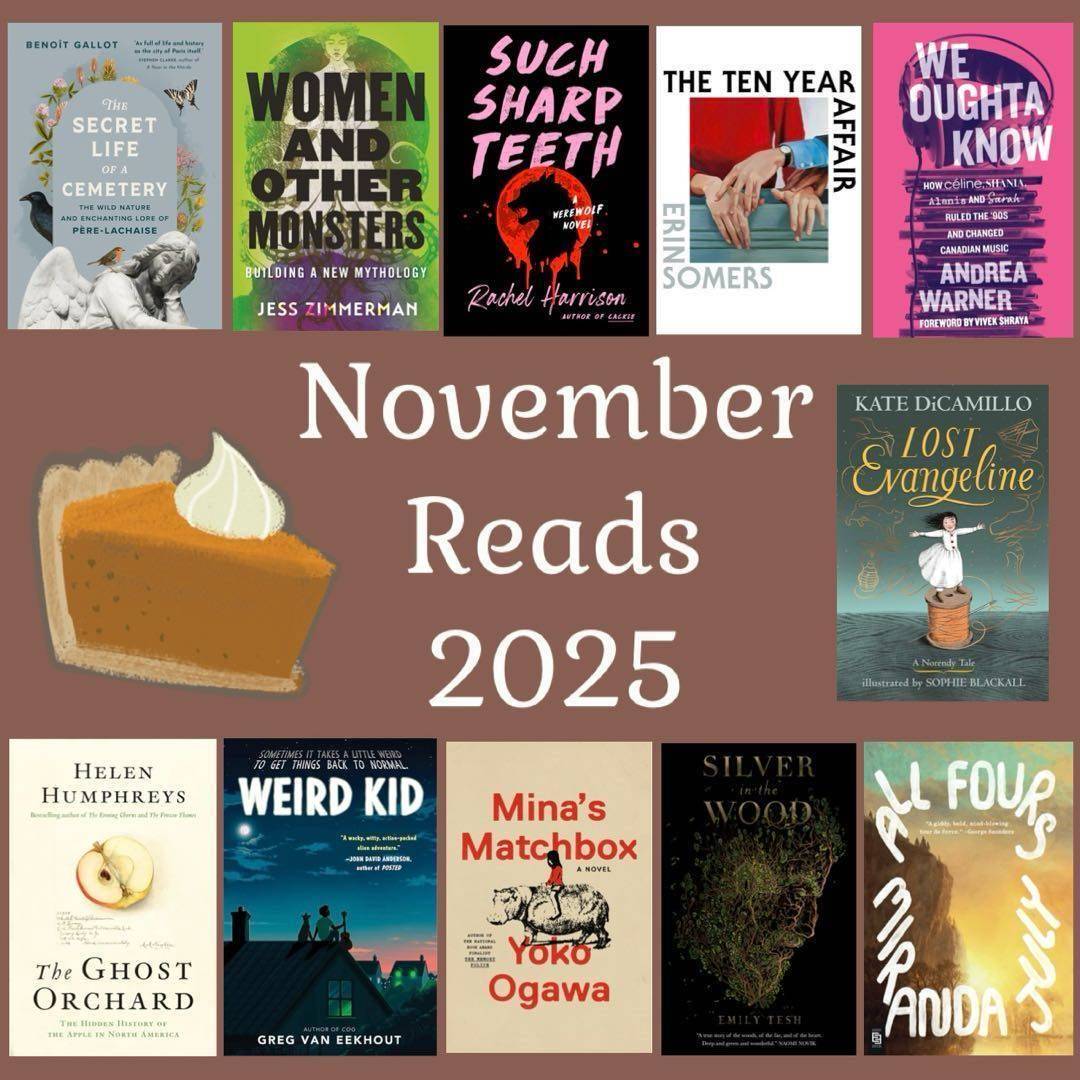
I had a great reading month! Two of these made my #AuldLangSpine list (Women & Other Monsters, which most of my IRL book club was disappointed in, so…caution), & The Ten Year Affair. Thematically, 10 Year & All 4s are very similar…but I preferred 10 Year, which is far less experimental (which I suppose makes it more “boring”), but still very funny!
If I‘d had room, I would‘ve added The Ghost Orchard to my list, too. So good.
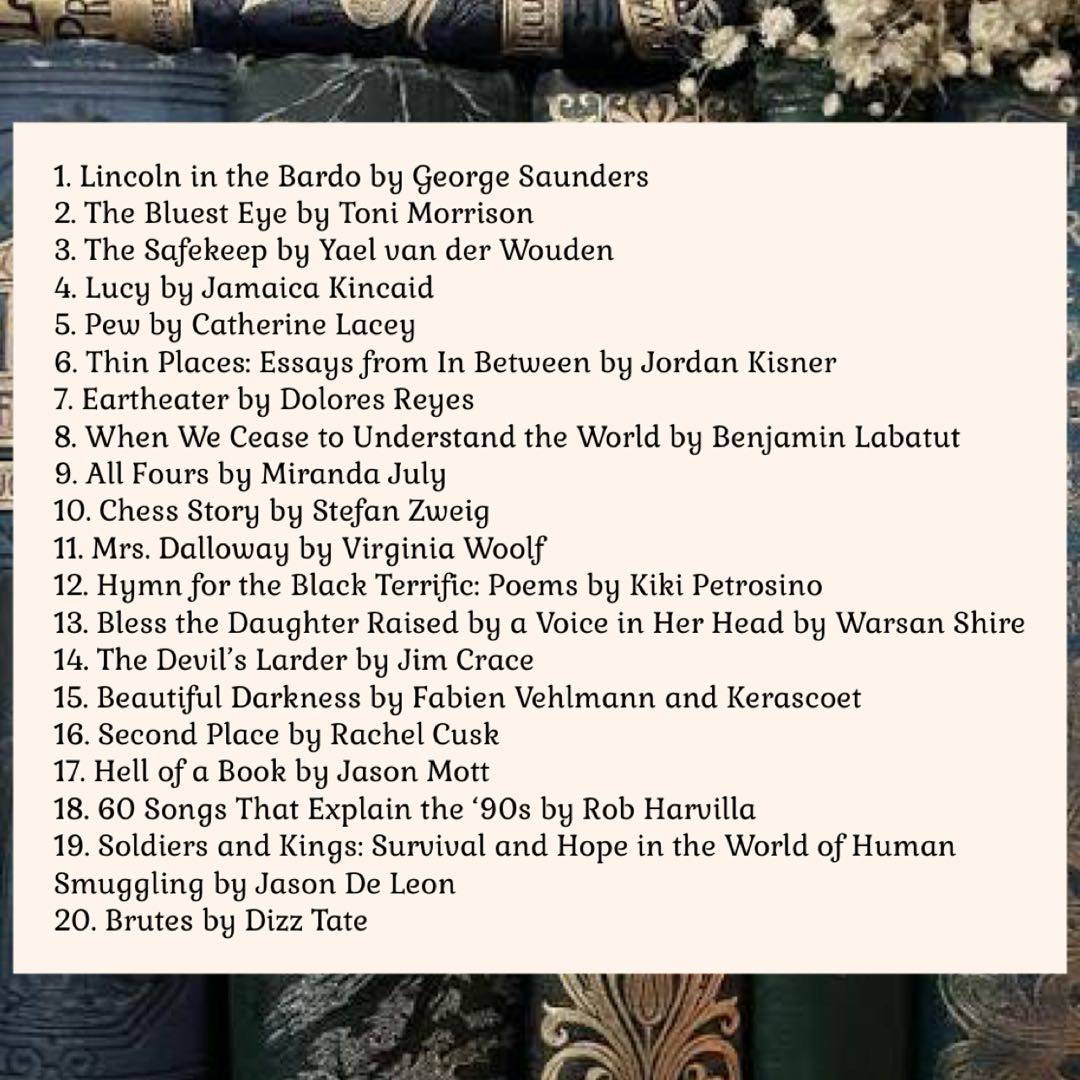
My fabulous #AuldLangSpine list from @Billypar — submitted mostly without comment for the time being. Obviously, I love it! I‘ve read a few…but many weren‘t even on my radar (which is exactly how I like it). I‘ll post about my pretty little plans sometime soon.
Thanks, Vinny! I‘m looking forward to January! 🖤
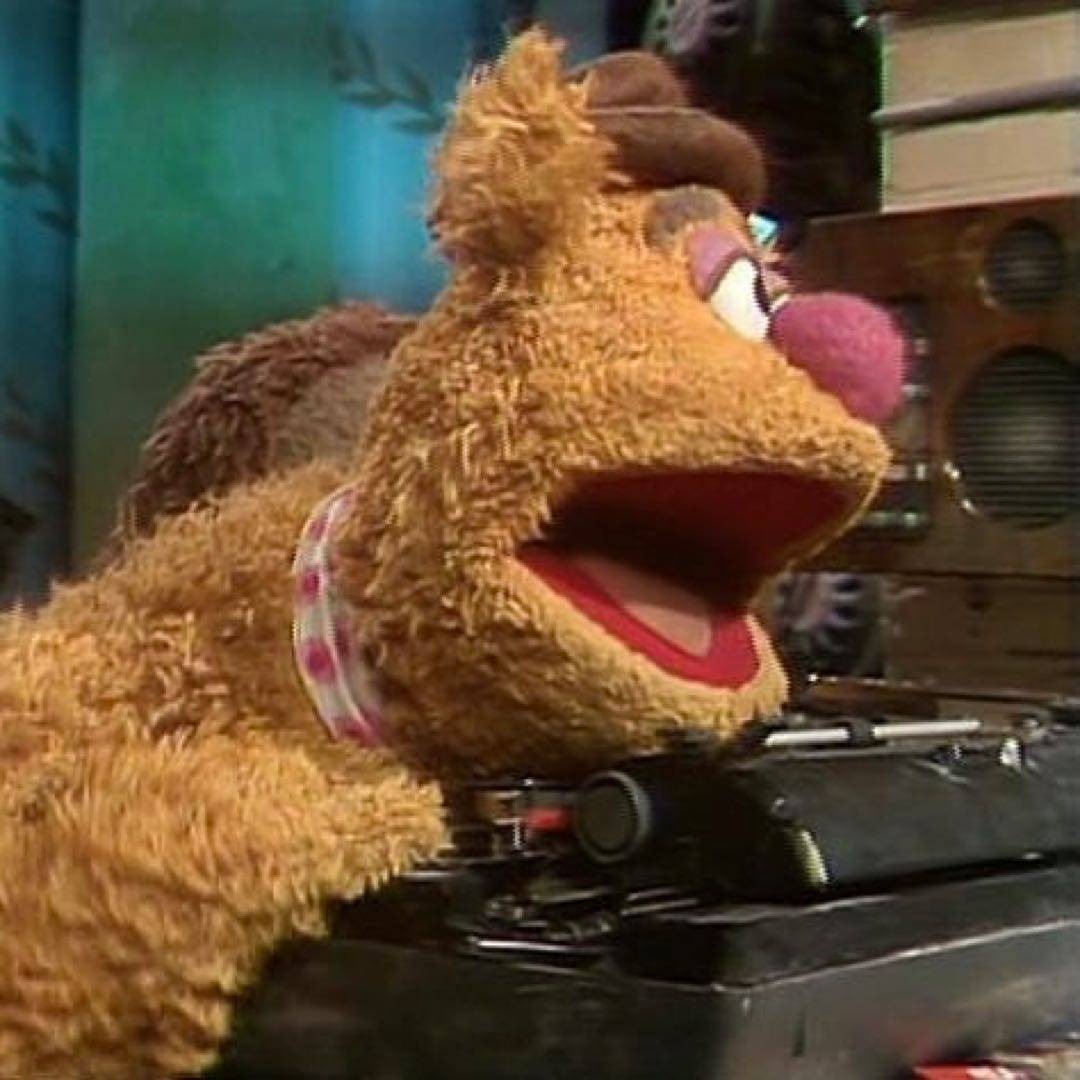
One (?) more Muppets-related post…
ALL #AuldLangSpine2026 lists have hopped, crawled, meandered, and/or flown their way to their intended recipients. Check your email! 🙃
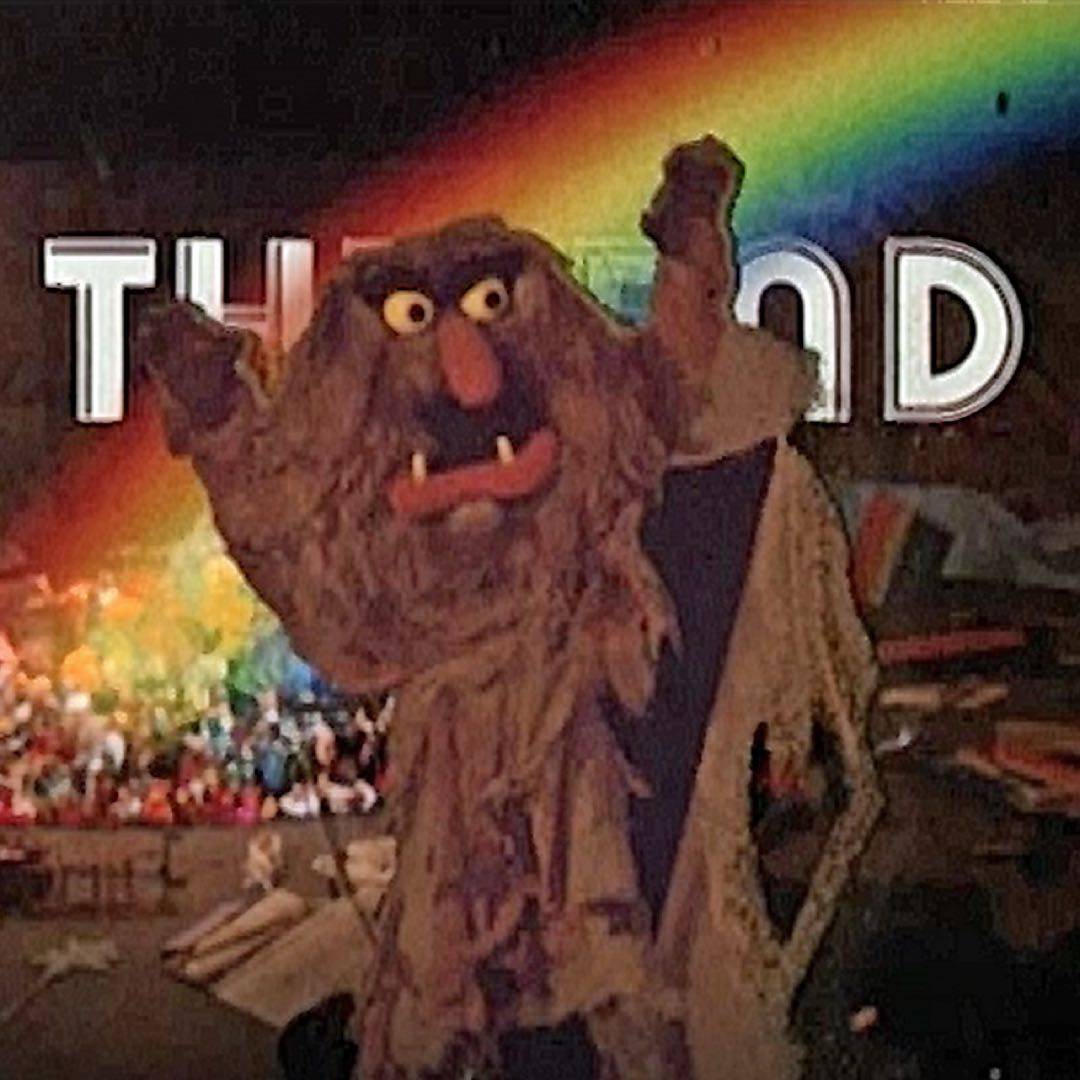
That‘s it. The end. I knew I‘d catch up!
All matches have been posted — the lovers, the dreamers, & me. It‘s time for me to get some beauty sleep. Admit it: I‘ve looked better.
Thanks for following along and for all of the kind comments! I‘ve been passing them on to Dave (my sweet friend behind the camera) & they‘ve been filling *my* heart, too.
Lists will begin arriving tomorrow afternoon. 🌈📝
Happy #AuldLangSpine2026!
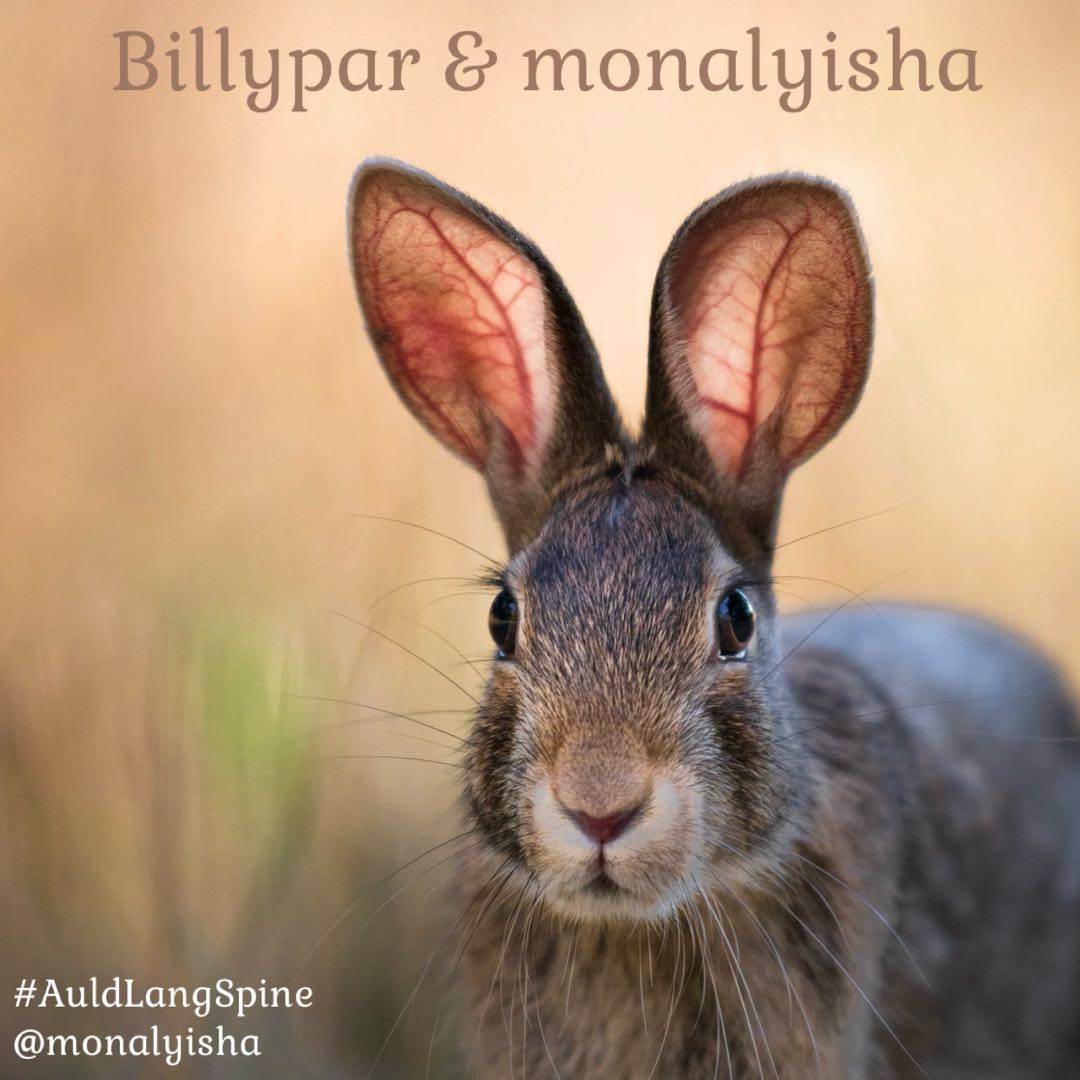
Hi, @Billypar !
You‘ve been matched…with me! 🥳
Your official reading list will be hopping into your inbox within the next 48 hours.
You can start tracking those books down so soon!
Please note:
All reading for this event should begin on January 1st, 2025.
Thanks for participating!
📸: David Taberner (aka my bff)
Instagram: @ decent_nature_photography
#AuldLangSpine
#AuldLangSpine2025
#ALSpine2025
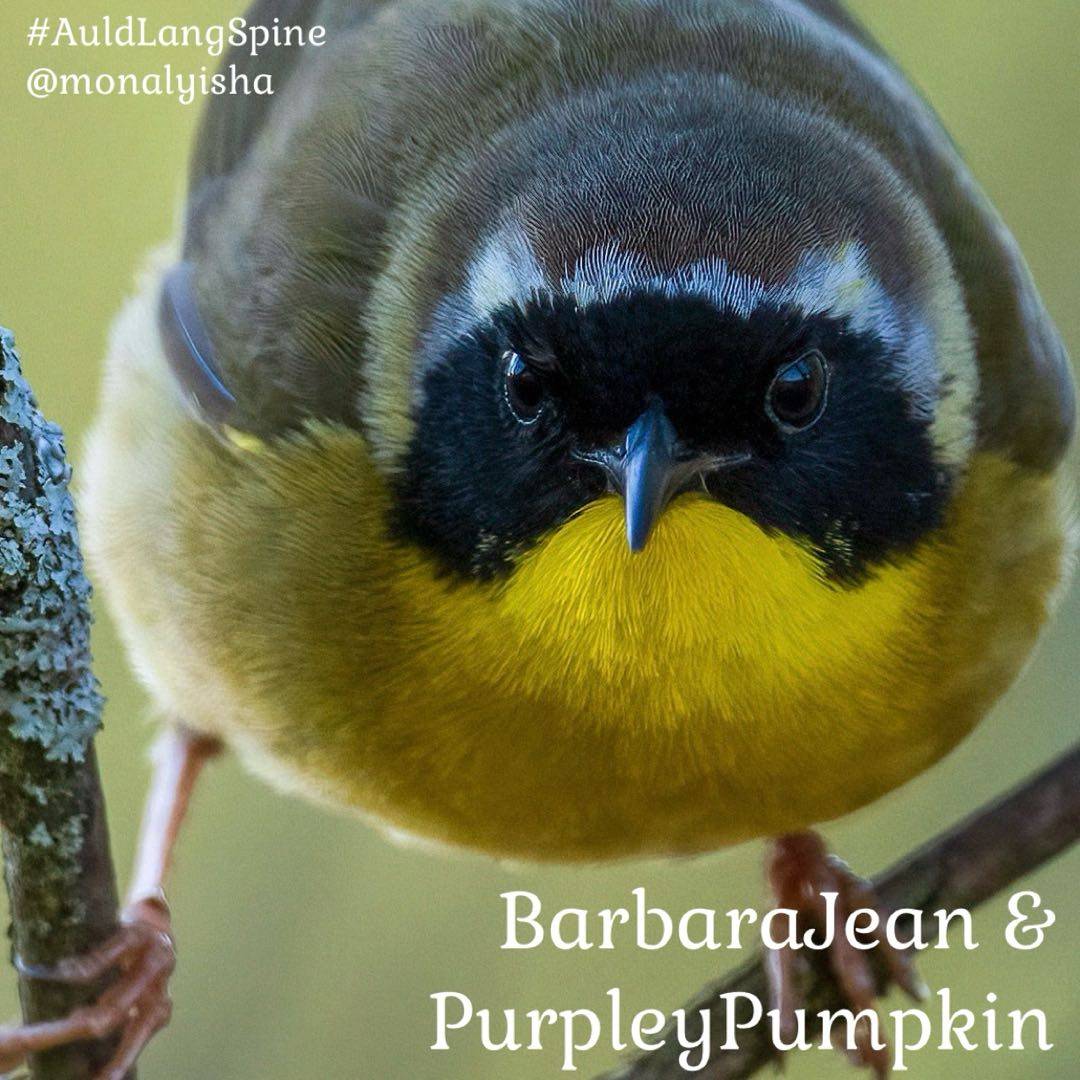
Congratulations, @BarbaraJean & @PurpleyPumpkin ! You‘ve been matched! 🥳
Your official reading list will be winging its way to you via email within the next 48 hours.
You can start tracking those books down so soon!
Please note:
All reading for this event should begin on January 1st, 2026.
Thanks for participating!
📸: David Taberner (aka my bff)
Instagram: @ decent_nature_photography
#AuldLangSpine
#AuldLangSpine2026
#ALSpine2026
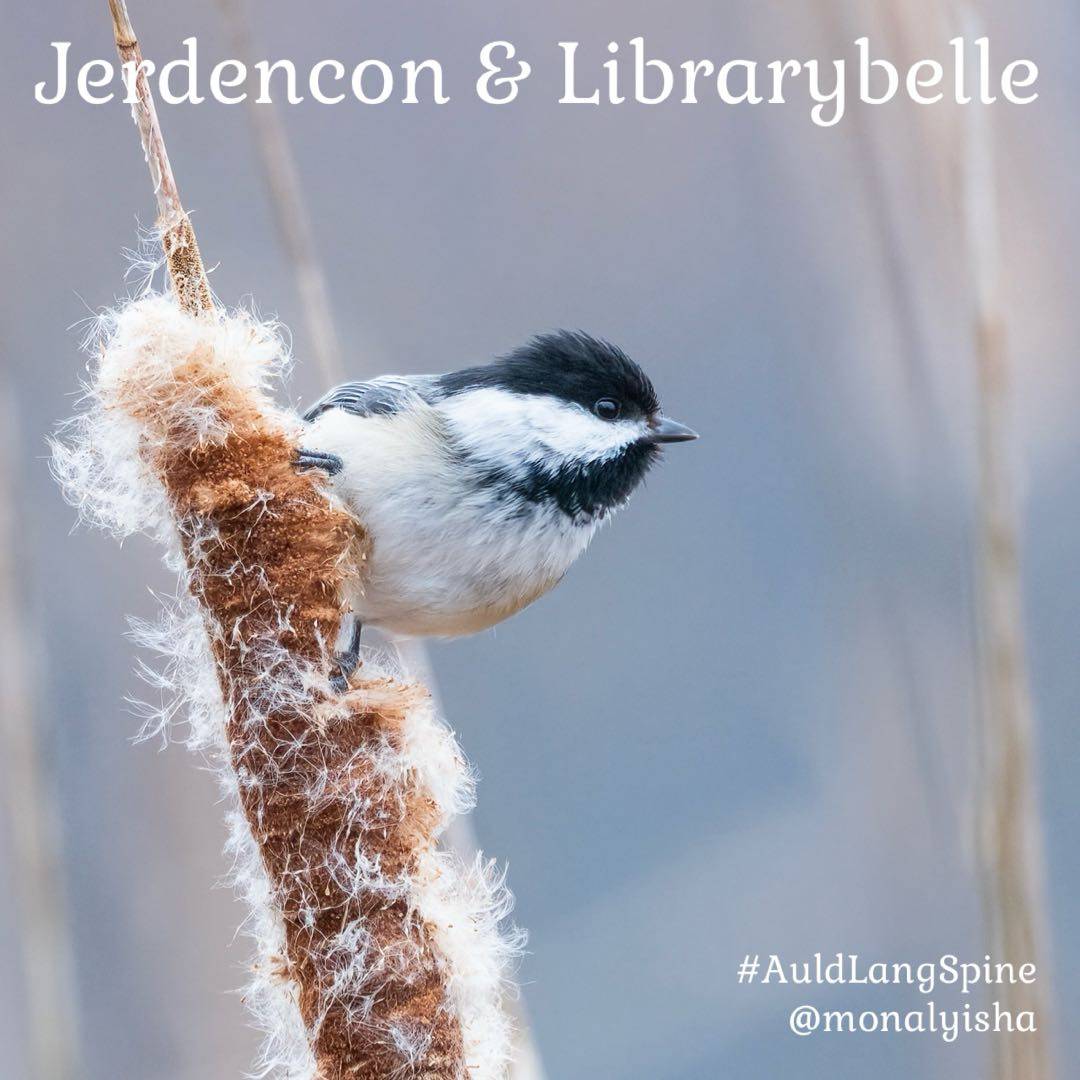
Congratulations, @Jerdencon & @Librarybelle ! You‘ve been matched! 🥳
Your official reading list will be winging its way to you via email within the next 48 hours.
You can start tracking those books down so soon!
Please note:
All reading for this event should begin on January 1st, 2026.
Thanks for participating!
📸: David Taberner (aka my bff)
Instagram: @ decent_nature_photography
#AuldLangSpine
#AuldLangSpine2026
#ALSpine2026
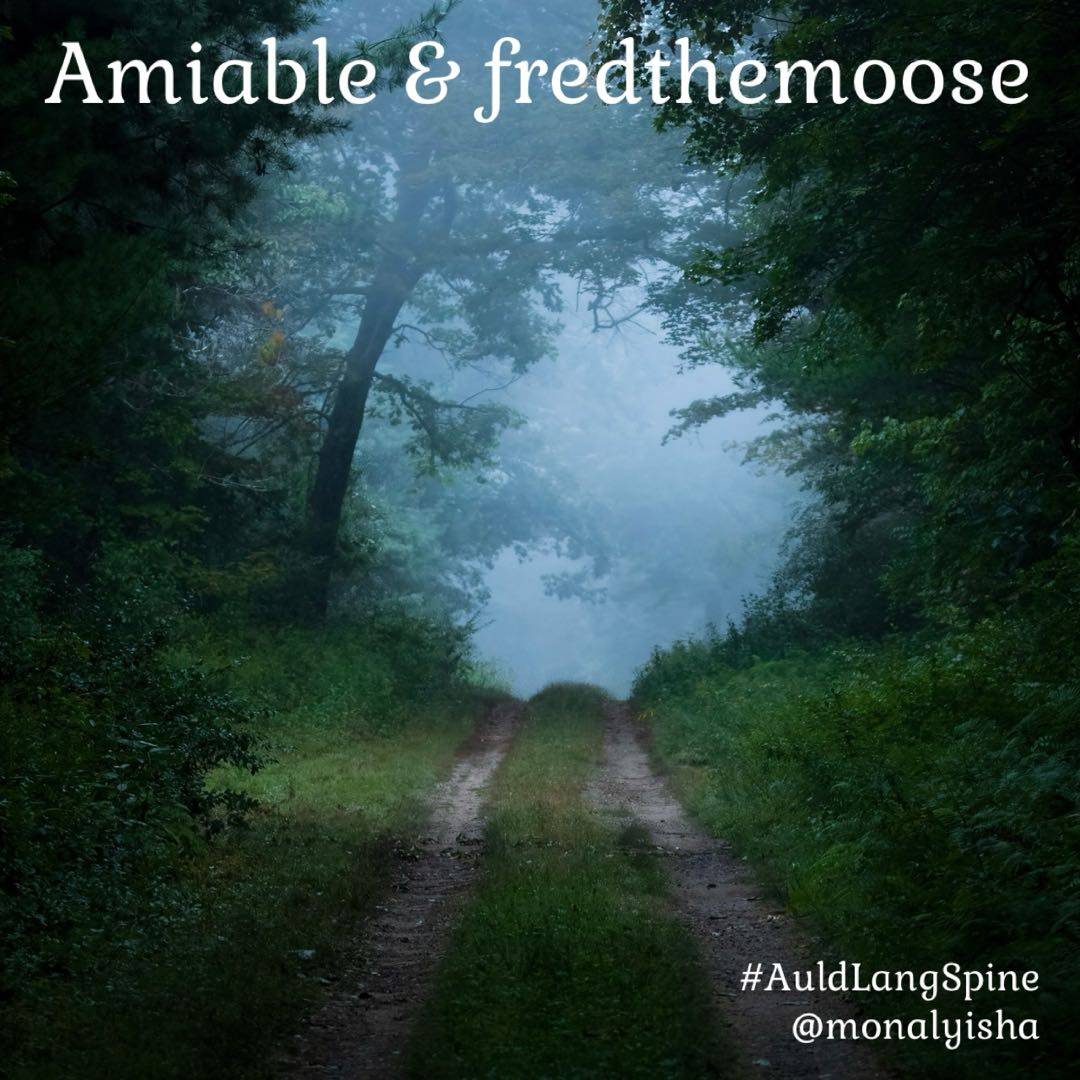
Congratulations, @Amiable & @fredthemoose ! You‘ve been matched! 🥳
Your official reading list will be taking the road less traveled (via email) within the next 48 hours.
You can start tracking those books down so soon!
Please note:
All reading for this event should begin on January 1st, 2026.
Thanks for participating!
📸: David Taberner (aka my bff)
Instagram: @ decent_nature_photography
#AuldLangSpine
#AuldLangSpine2026
#ALSpine2026
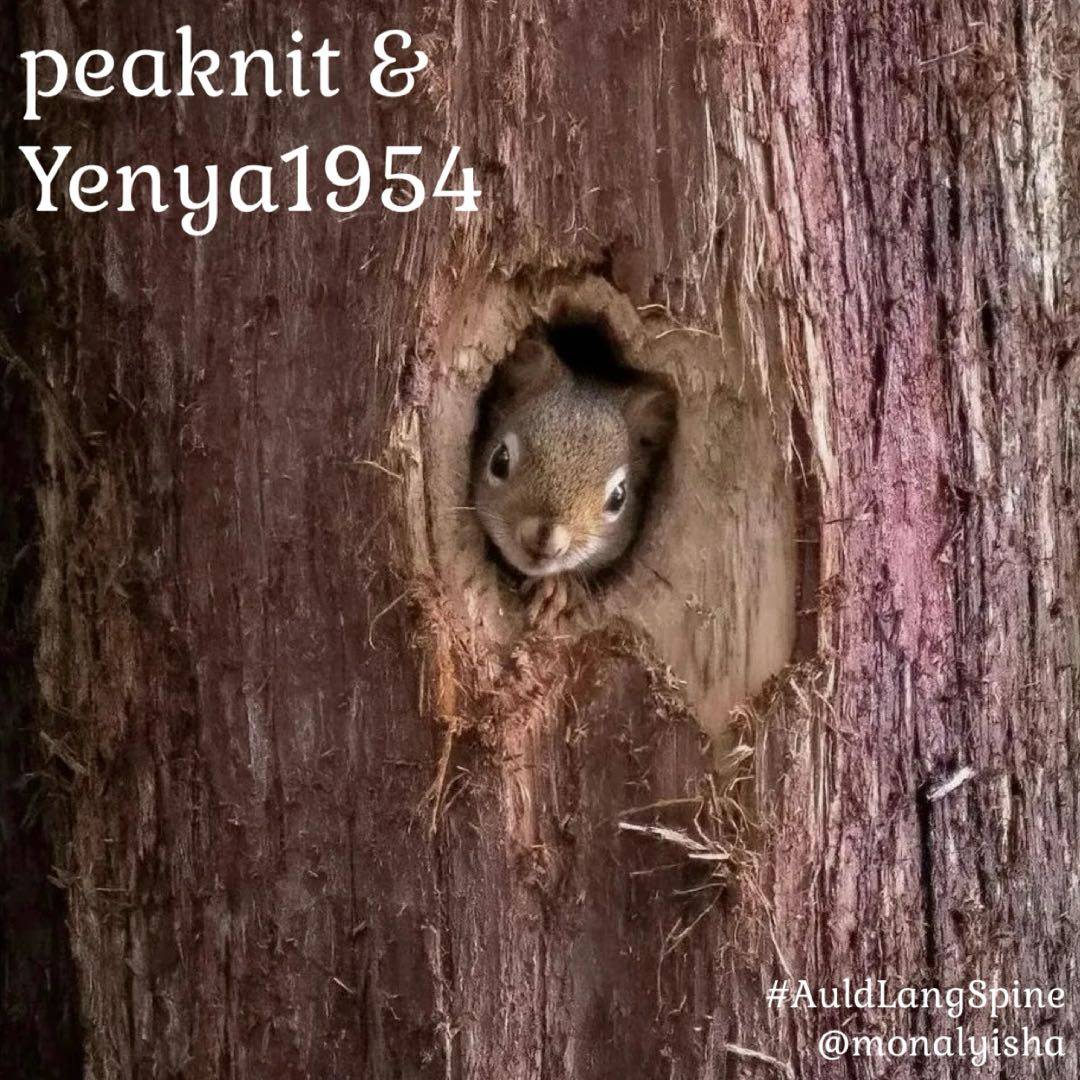
Congratulations, @peaKnit & @Yenya1954 ! You‘ve been matched! 🥳
Your official reading list will be scampering its way to your inbox within the next 48 hours.
You can start tracking those books down so soon!
Please note:
All reading for this event should begin on January 1st, 2026.
Thanks for participating!
📸: David Taberner (aka my bff)
Instagram: @ decent_nature_photography
#AuldLangSpine
#AuldLangSpine2026
#ALSpine2026
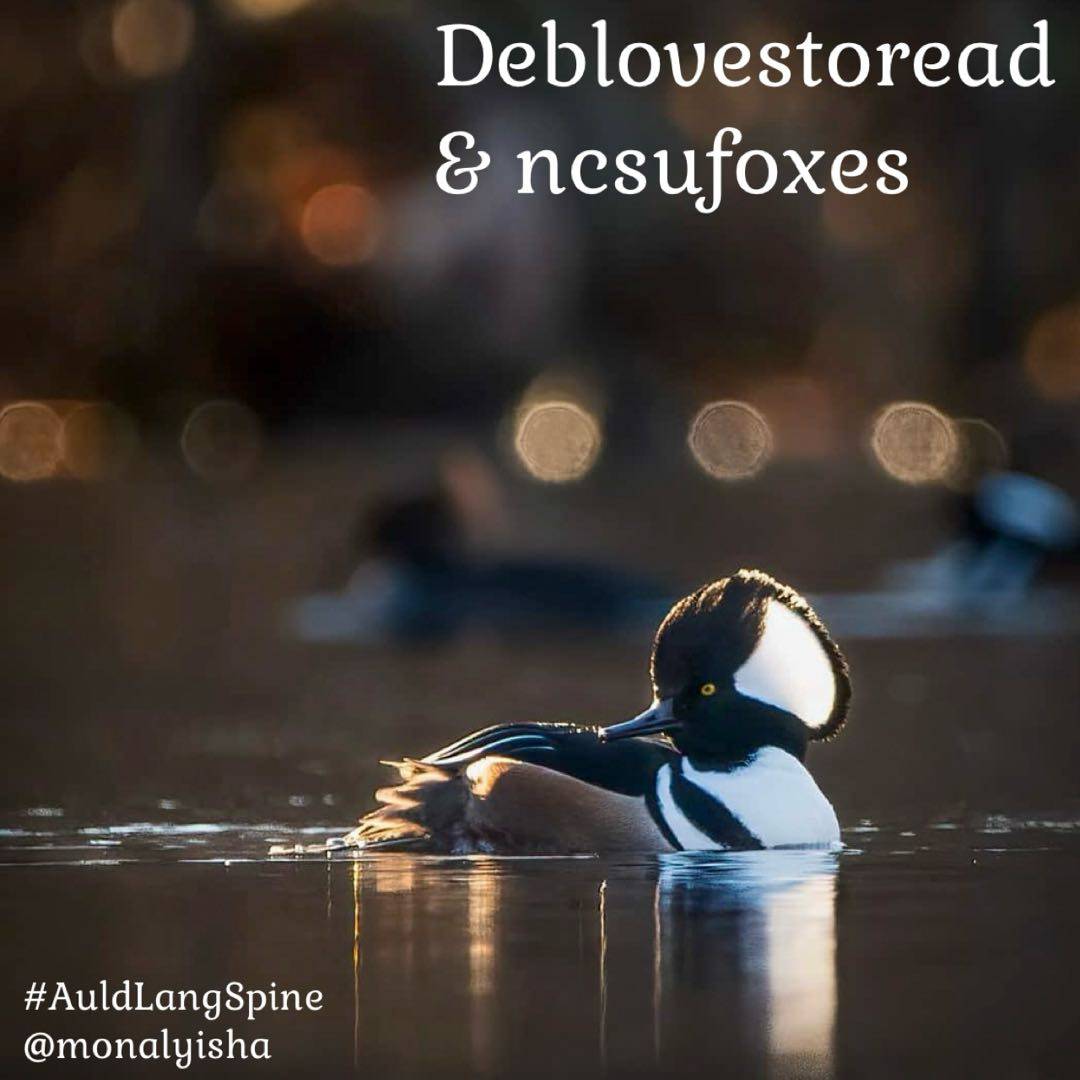
Congratulations, @Deblovestoread & @ncsufoxes ! You‘ve been matched! 🥳
Your official reading list will be winging its way to you via email within the next 48 hours.
You can start tracking those books down so soon!
Please note:
All reading for this event should begin on January 1st, 2026.
Thanks for participating!
📸: David Taberner (aka my bff)
Instagram: @ decent_nature_photography
#AuldLangSpine
#AuldLangSpine2026
#ALSpine2026
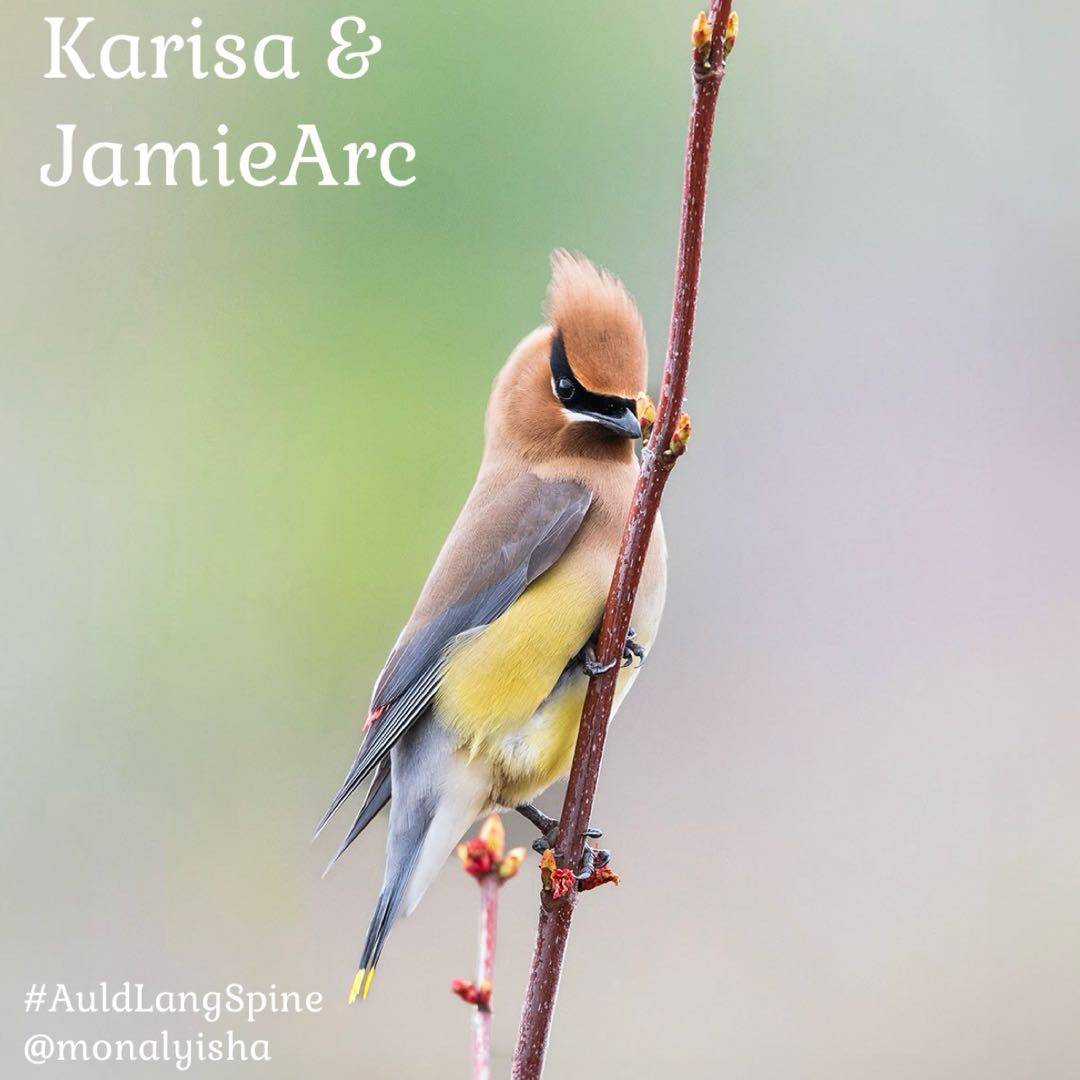
Congratulations, @Karisa & @JamieArc ! You‘ve been matched! 🥳
Your official reading list will be winging its way to you via email within the next 48 hours.
You can start tracking those books down so soon!
Please note:
All reading for this event should begin on January 1st, 2026.
Thanks for participating!
📸: David Taberner (aka my bff)
Instagram: @ decent_nature_photography
#AuldLangSpine
#AuldLangSpine2026
#ALSpine2026
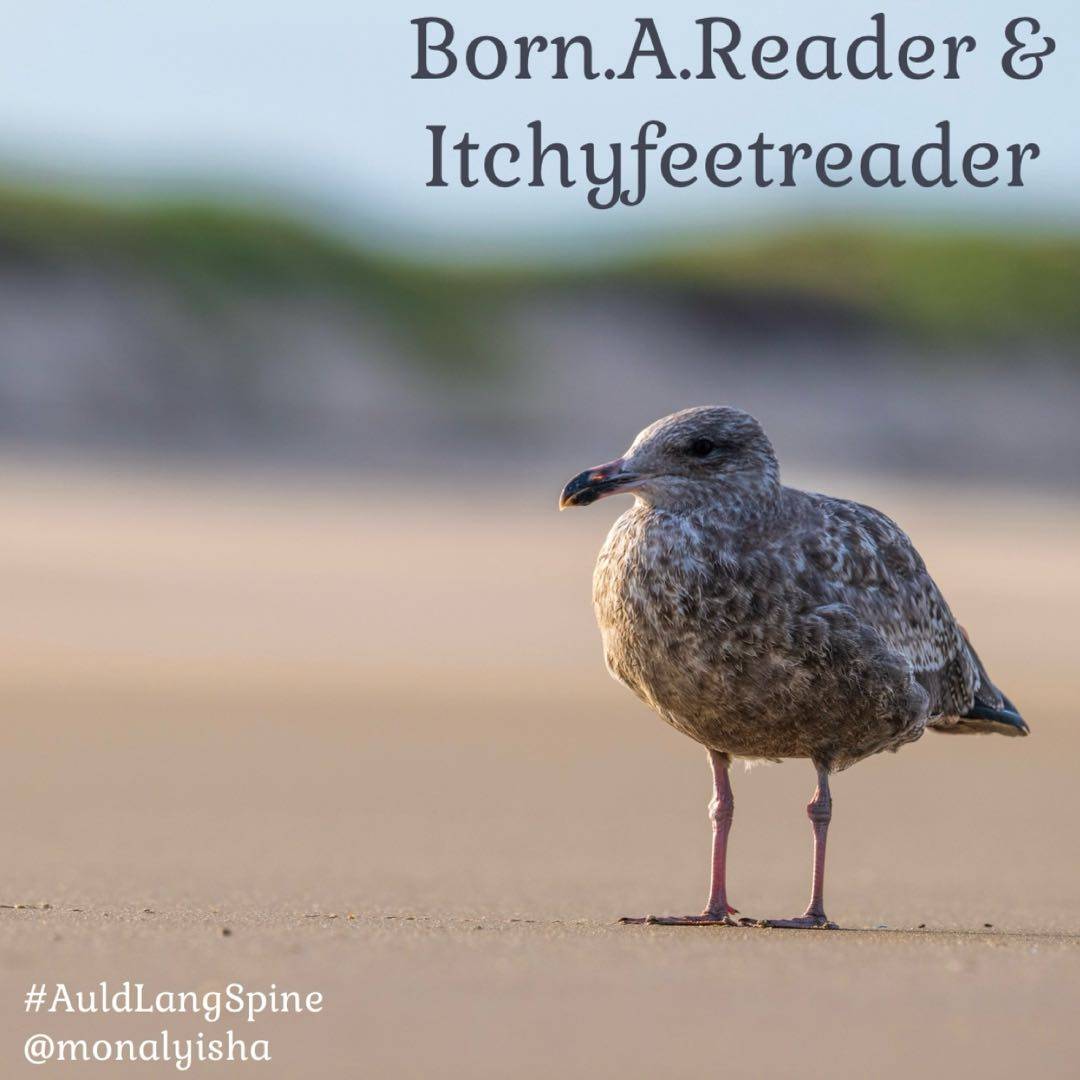
Congratulations, @Born.A.Reader & @Itchyfeetreader ! You‘ve been matched! 🥳
Your official reading list will be winging its way to you via email within the next 48 hours.
You can start tracking those books down so soon!
Please note:
All reading for this event should begin on January 1st, 2026.
Thanks for participating!
📸: David Taberner (aka my bff)
Instagram: @ decent_nature_photography
#AuldLangSpine
#AuldLangSpine2026
#ALSpine2026
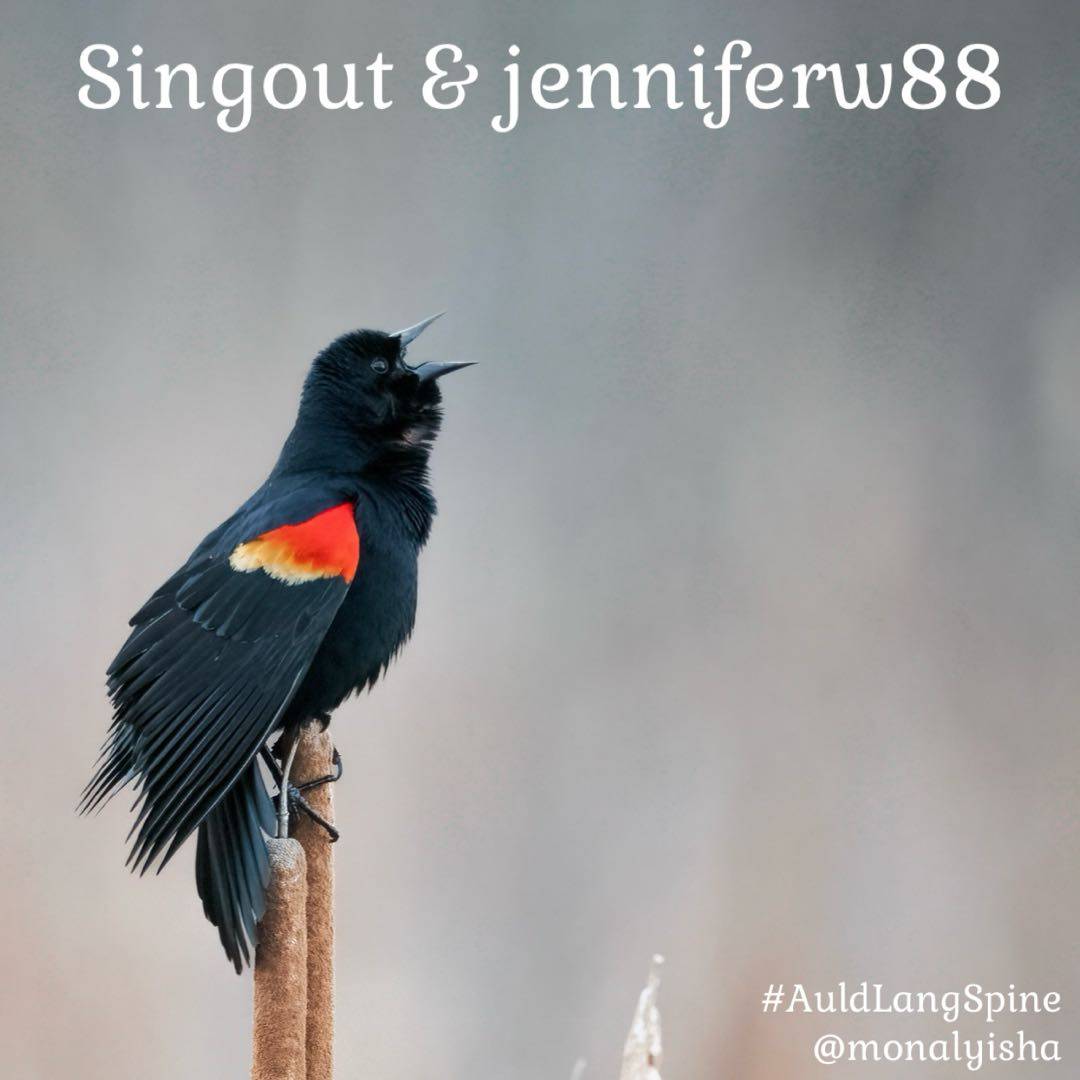
Congratulations, @Singout & @jenniferw88 ! You‘ve been matched! 🥳
Your official reading list will be winging its way to you via email within the next 48 hours.
You can start tracking those books down so soon!
Please note:
All reading for this event should begin on January 1st, 2026.
Thanks for participating!
📸: David Taberner (aka my bff)
Instagram: @ decent_nature_photography
#AuldLangSpine
#AuldLangSpine2026
#ALSpine2026
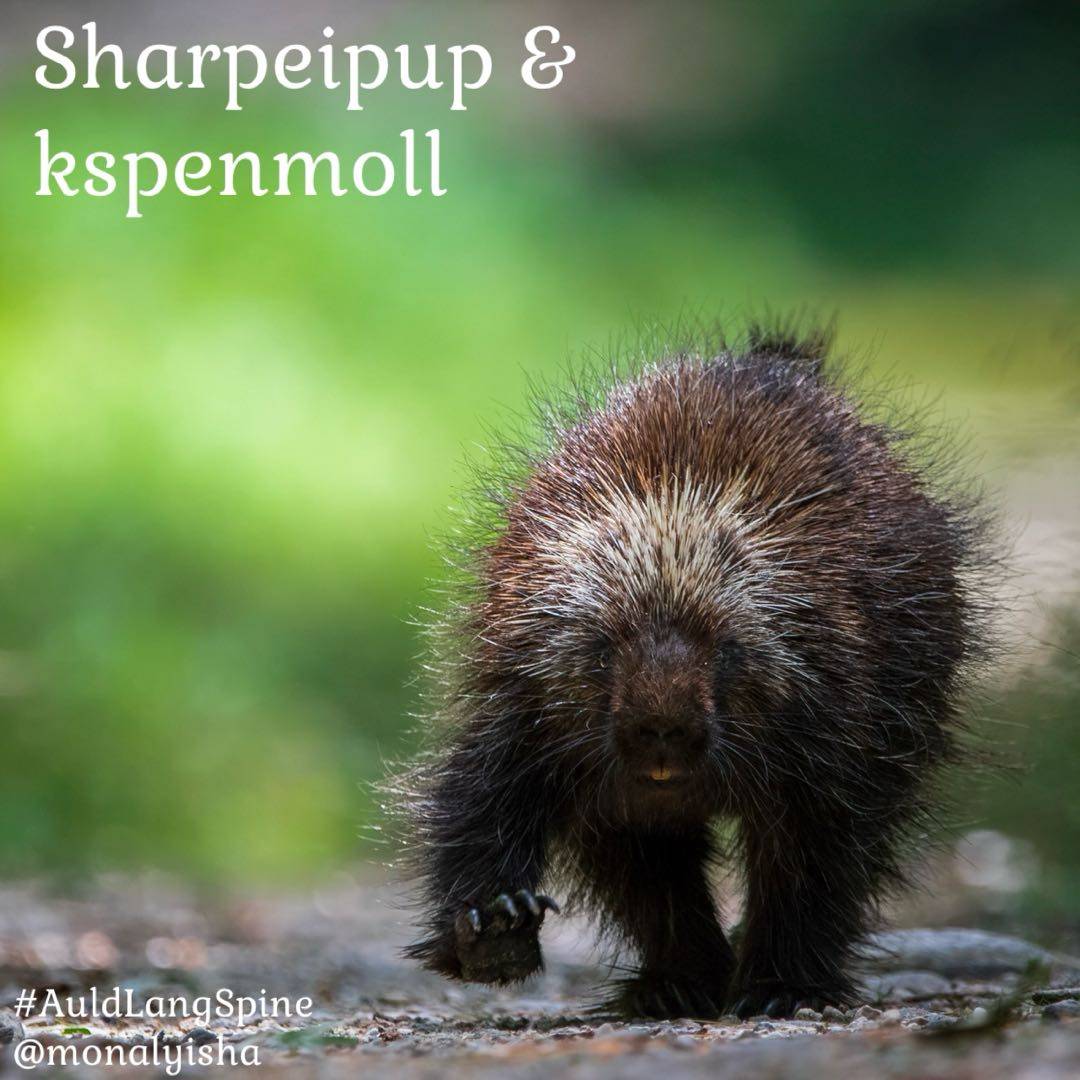
Congratulations, @Sharpeipup & @kspenmoll ! You‘ve been matched! 🥳
Your official reading list will be waddling its way to you via email within the next 48 hours.
You can start tracking those books down so soon!
Please note:
All reading for this event should begin on January 1st, 2026.
Thanks for participating!
📸: David Taberner (aka my bff)
Instagram: @ decent_nature_photography
#AuldLangSpine
#AuldLangSpine2026
#ALSpine2026
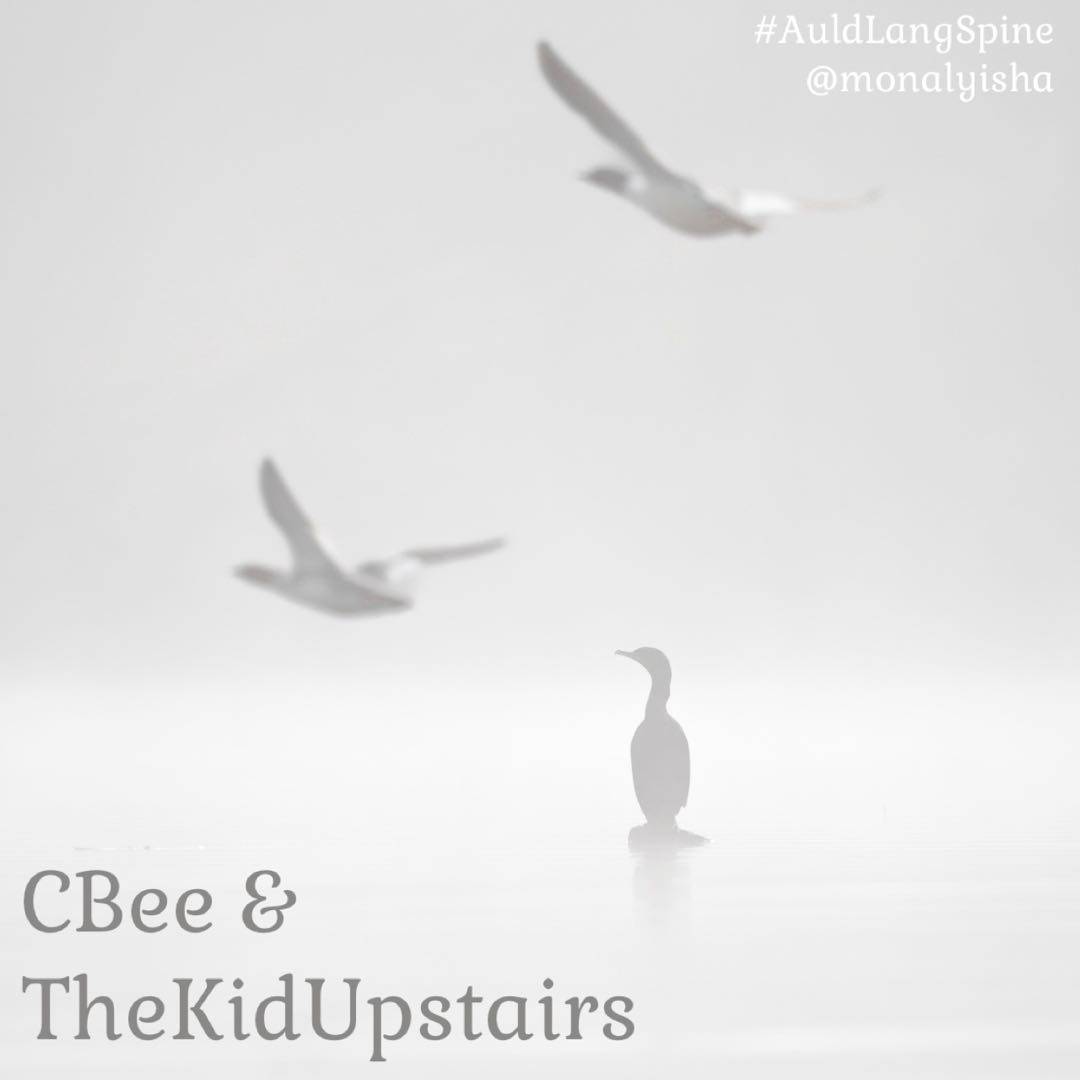
Congratulations, @CBee & @TheKidUpstairs ! You‘ve been matched! 🥳
Your official reading list will be winging its way to you via email within the next 48 hours.
You can start tracking those books down so soon!
Please note:
All reading for this event should begin on January 1st, 2026.
Thanks for participating!
📸: David Taberner (aka my bff)
Instagram: @ decent_nature_photography
#AuldLangSpine
#AuldLangSpine2026
#ALSpine2026
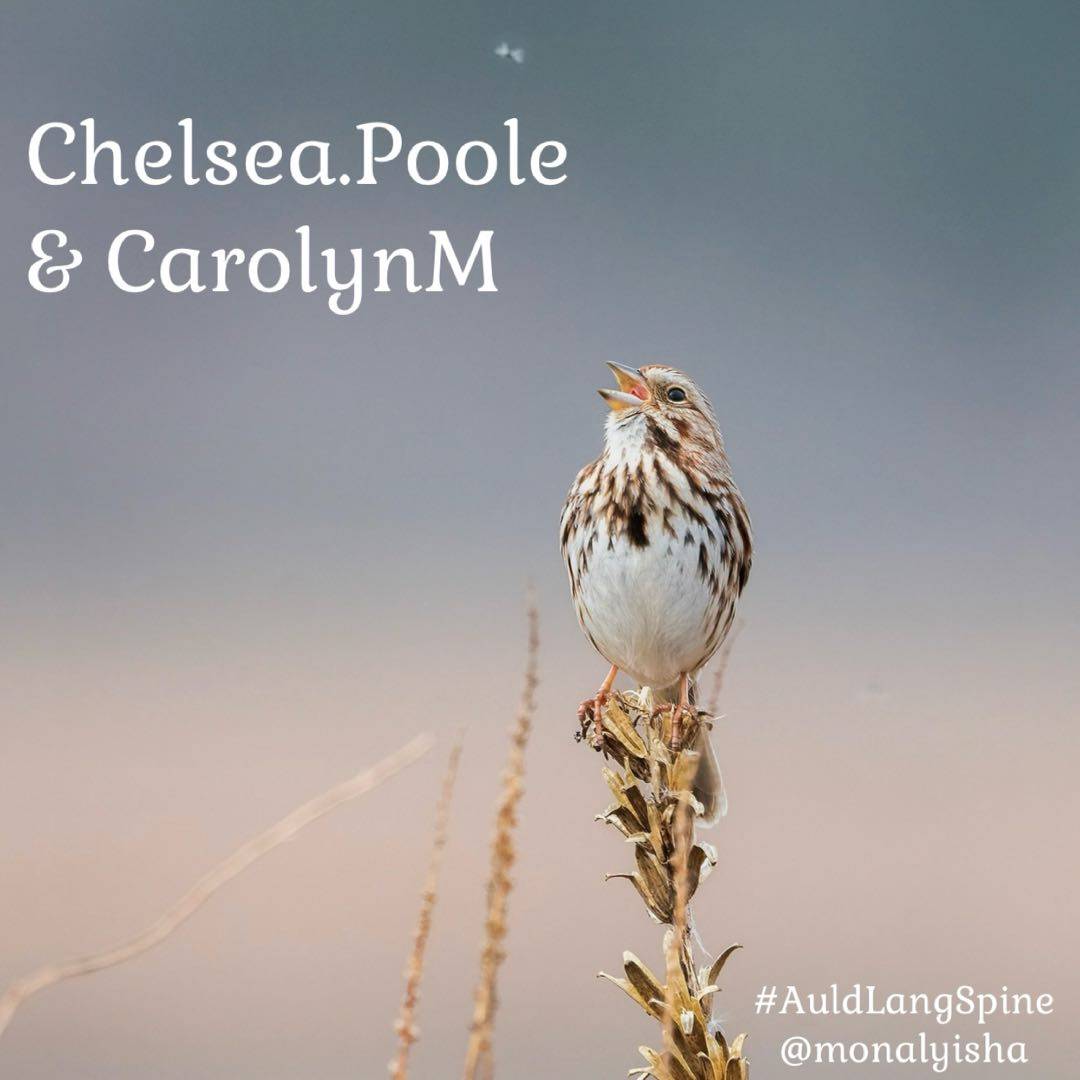
Congratulations, @Chelsea.Poole & @CarolynM ! You are rekindling your match from years past! 🥳
Your official reading list will be winging its way to you within the next 48 hours.
You can start tracking those books down soon!
Please note:
All reading for this event should begin on January 1st, 2026.
Thanks for participating!
📸: David Taberner (aka my bff)
Instagram: @ decent_nature_photography
#AuldLangSpine
#AuldLangSpine2026
#ALSpine2026
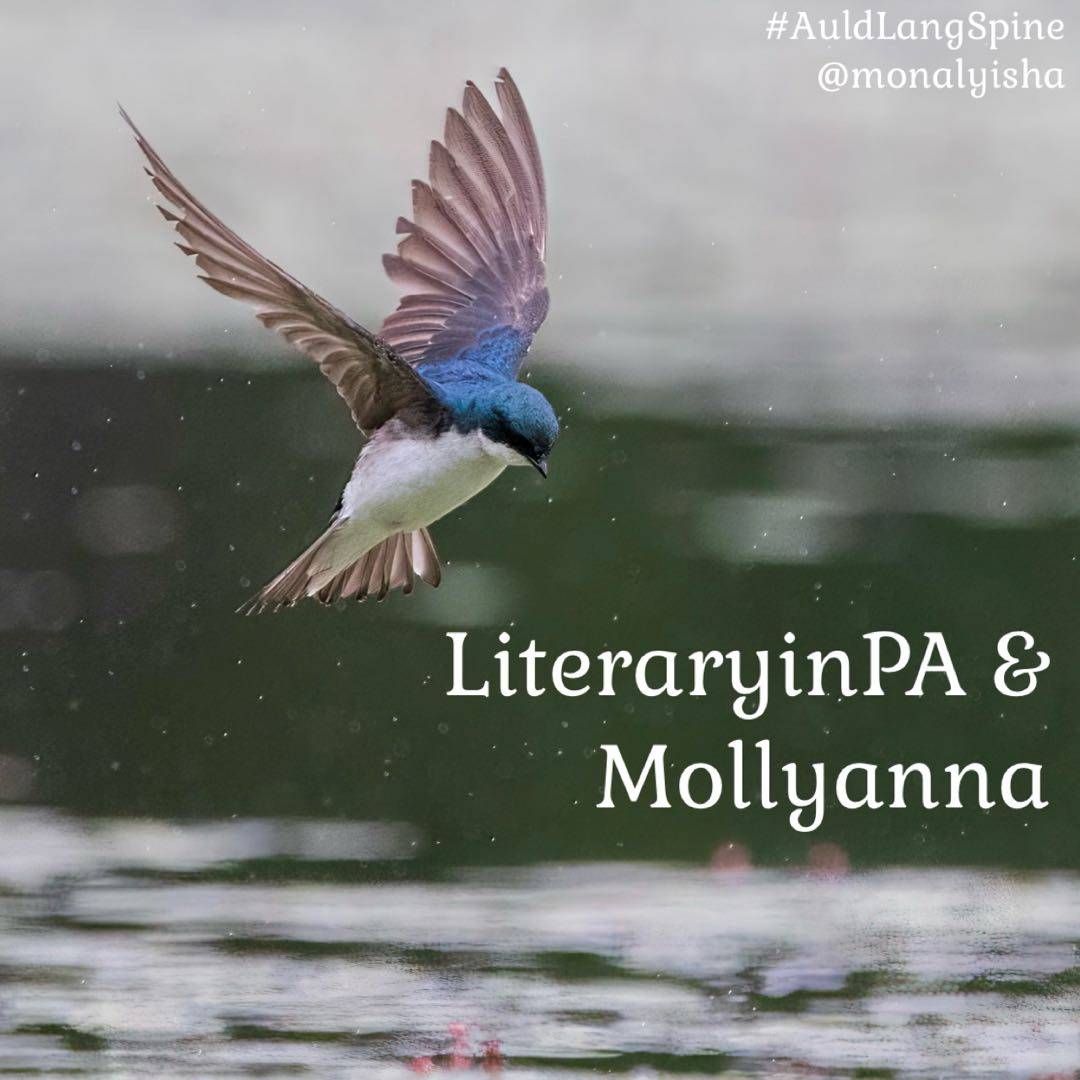
Congratulations, @LiteraryinPA & @Mollyanna ! You‘ve been matched! 🥳
Your official reading list will be winging its way to you via email within the next 48 hours.
You can start tracking those books down so soon!
Please note:
All reading for this event should begin on January 1st, 2026.
Thanks for participating!
📸: David Taberner (aka my bff)
Instagram: @ decent_nature_photography
#AuldLangSpine
#AuldLangSpine2026
#ALSpine2026

Congratulations, @Sapphire & @Lesliereadsalot ! You‘ve been matched! 🥳
Your official reading list will be hopping its way to you via email within the next 48 hours.
You can start tracking those books down so soon!
Please note:
All reading for this event should begin on January 1st, 2026.
Thanks for participating!
📸: David Taberner (aka my bff)
Instagram: @ decent_nature_photography
#AuldLangSpine
#AuldLangSpine2026
#ALSpine2026
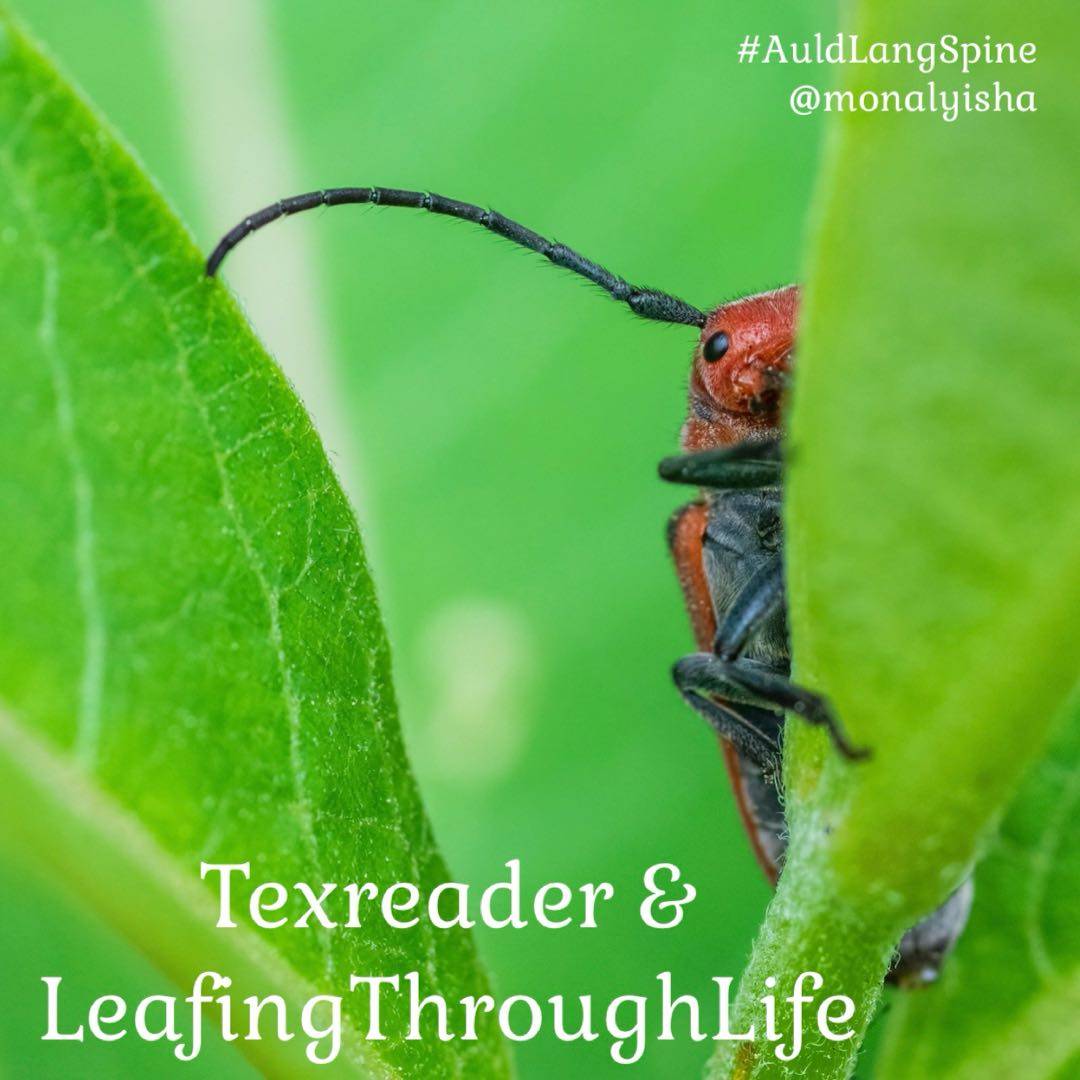
Congratulations, @Texreader & @LeafingThroughLife ! You‘ve been matched! 🥳
Your official reading list will be unfurling in your inboxes within the next 48 hours.
You can start tracking those books down so soon!
Please note:
All reading for this event should begin on January 1st, 2026.
Thanks for participating!
📸: David Taberner (aka my bff)
Instagram: @ decent_nature_photography
#AuldLangSpine
#AuldLangSpine2026
#ALSpine2026

I must PAWS here!
I have to go to work…rude! We‘re officially halfway through #AuldLangSpine2026 match announcements.
I‘ll pick it up again tonight. *Small* chance I might bang some out during my dinner break. 😉
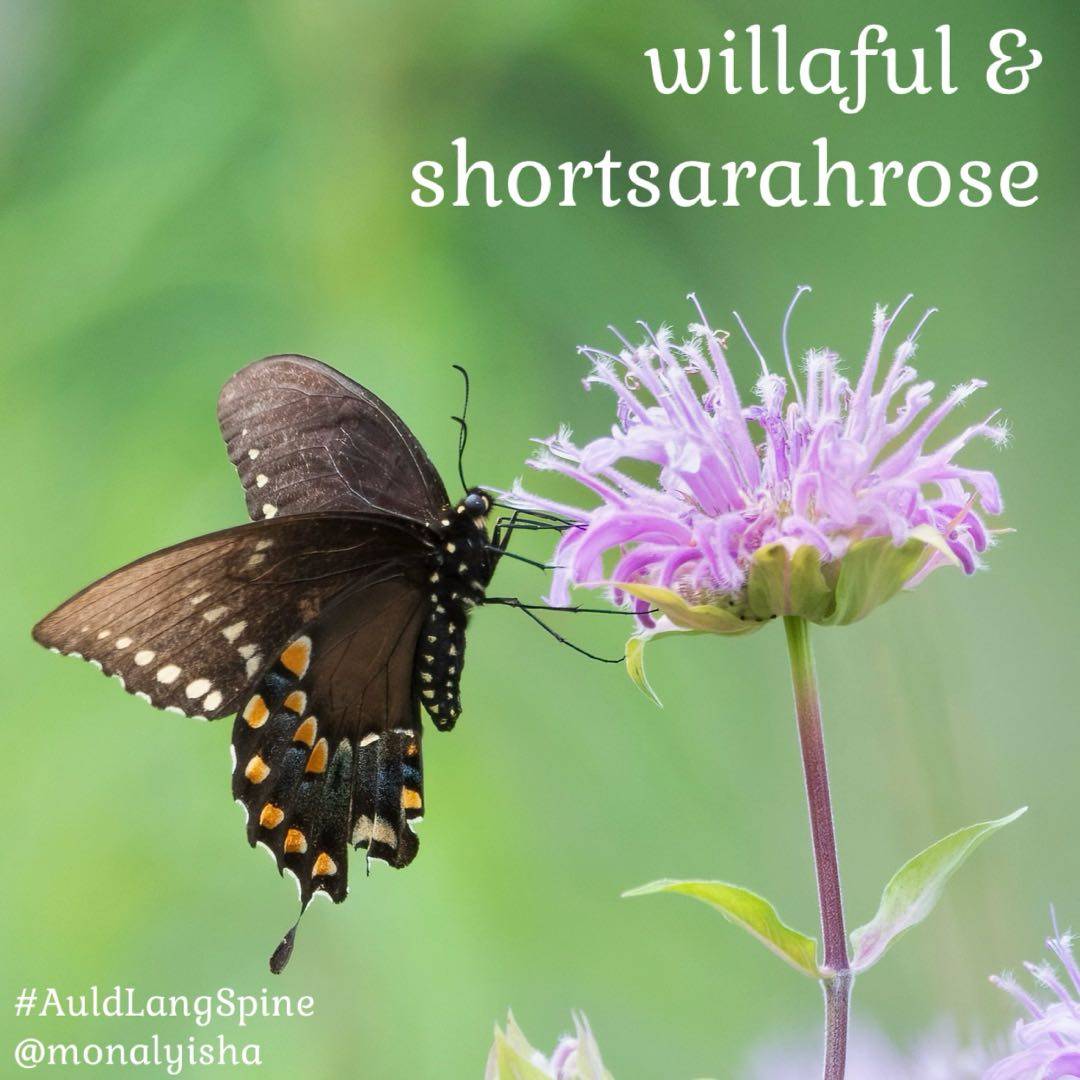
Congratulations, @willaful & @shortsarahrose ! You‘ve been matched! 🥳
Your official reading list will be winging its way to you via email within the next 48 hours.
You can start tracking those books down so soon!
Please note:
All reading for this event should begin on January 1st, 2026.
Thanks for participating!
📸: David Taberner (aka my bff)
Instagram: @ decent_nature_photography
#AuldLangSpine
#AuldLangSpine2026
#ALSpine2026

Congratulations, @CSeydel & @sebrittainclark ! You‘ve been matched! 🥳
Your official reading list will be coming down the pipe (via email) within the next 48 hours.
You can start tracking those books down so soon!
Please note:
All reading for this event should begin on January 1st, 2026.
Thanks for participating!
📸: David Taberner (aka my bff)
Instagram: @ decent_nature_photography
#AuldLangSpine
#AuldLangSpine2026
#ALSpine2026
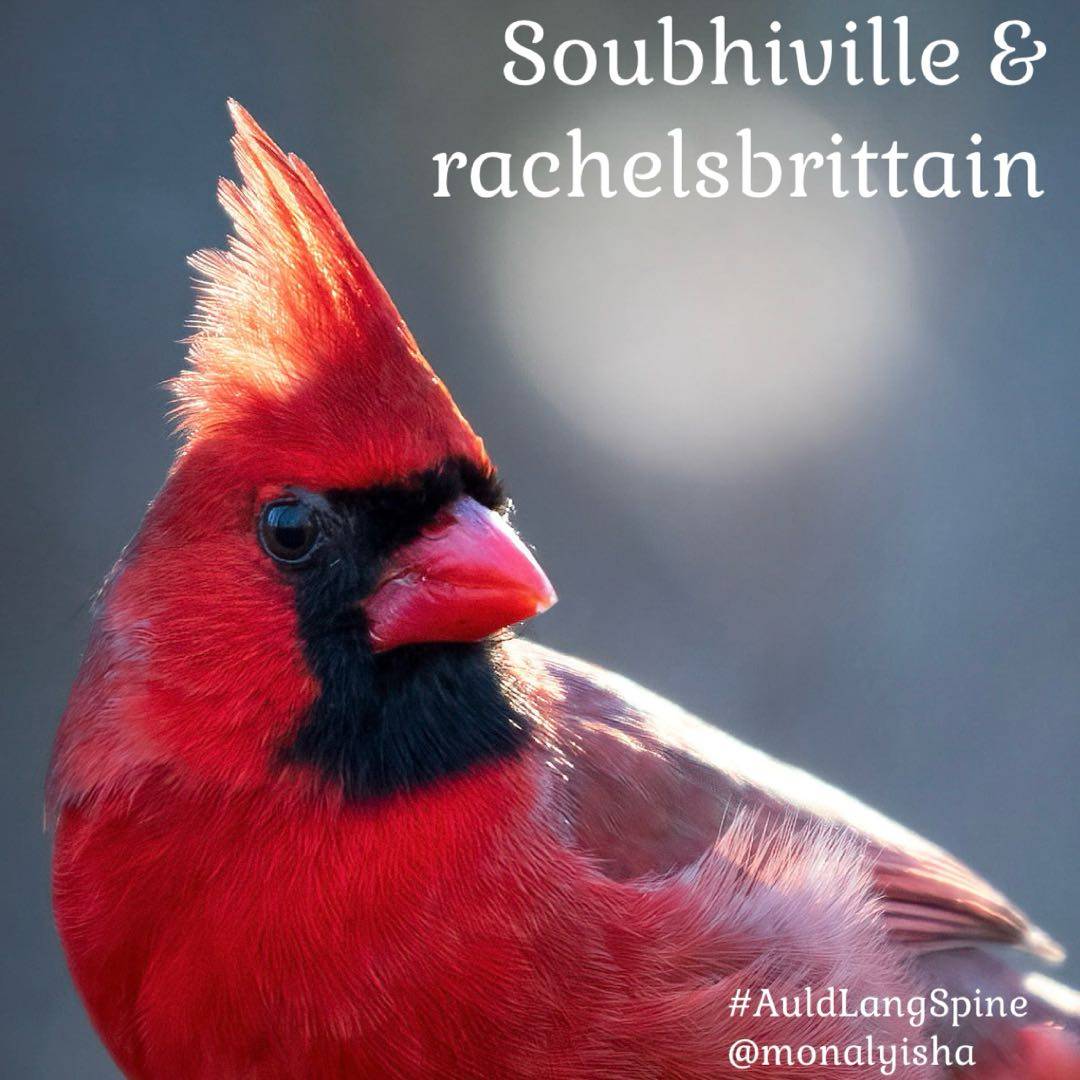
Congratulations, @Soubhiville & @rachelsbrittain ! You‘ve been matched! 🥳
Your official reading list will be winging its way to you via email within the next 48 hours.
You can start tracking those books down so soon!
Please note:
All reading for this event should begin on January 1st, 2026.
Thanks for participating!
📸: David Taberner (aka my bff)
Instagram: @ decent_nature_photography
#AuldLangSpine
#AuldLangSpine2026
#ALSpine2026

Congratulations, @BarkingMadRead & @Erinreadsthebooks ! You‘ve been matched! 🥳
Your official reading list will be barking its way to you via email within the next 48 hours.
You can start tracking those books down so soon!
Please note:
All reading for this event should begin on January 1st, 2026.
Thanks for participating!
📸: David Taberner (aka my bff)
Instagram: @ decent_nature_photography
#AuldLangSpine
#AuldLangSpine2026
#ALSpine2026

Congratulations, @Laughterhp & @Chrissyreadit ! You‘ve been matched! 🥳
Your official reading list will be winging its way to you via email within the next 48 hours.
You can start tracking those books down so soon!
Please note:
All reading for this event should begin on January 1st, 2026.
Thanks for participating!
📸: David Taberner (aka my bff)
Instagram: @ decent_nature_photography
#AuldLangSpine
#AuldLangSpine2026
#ALSpine2026